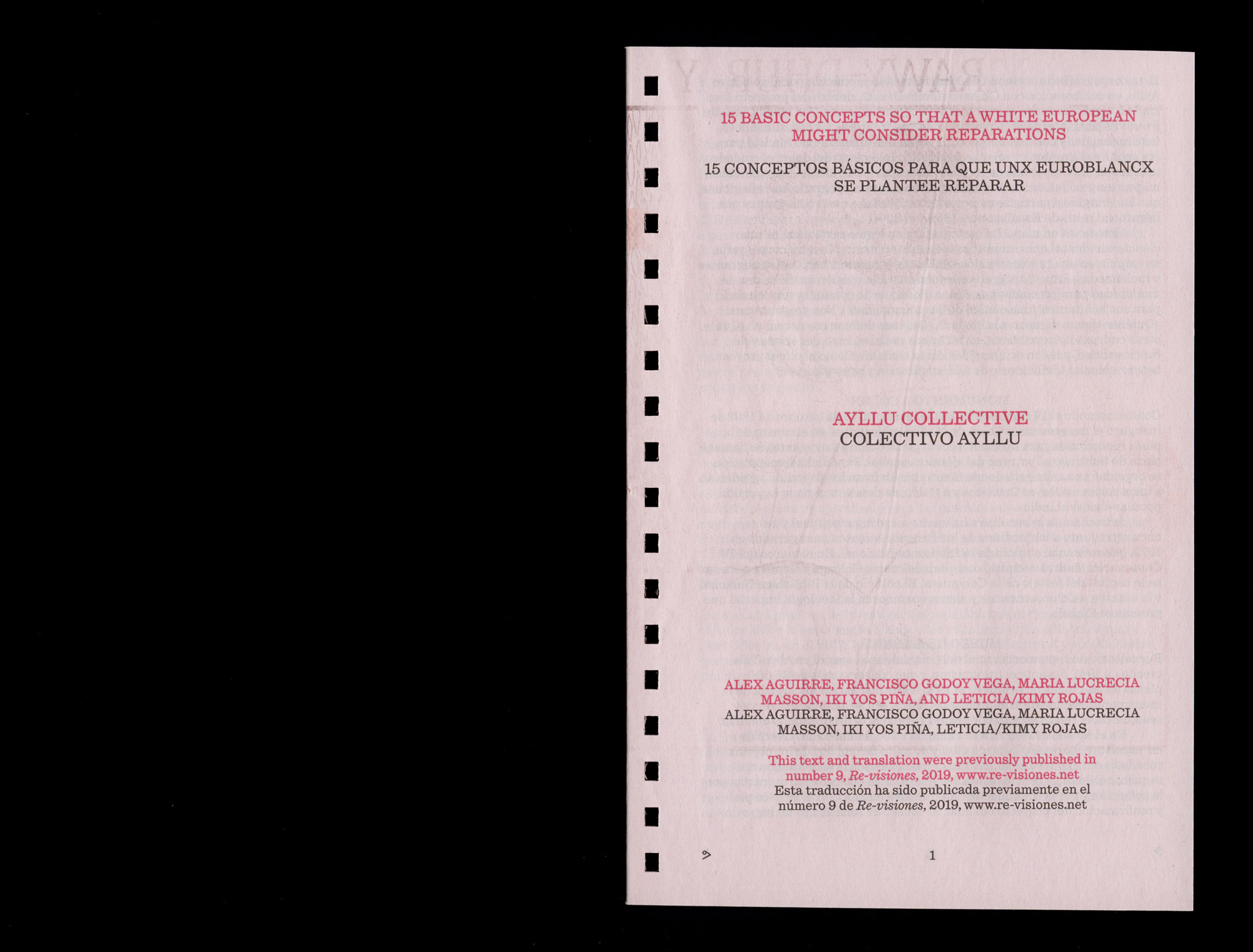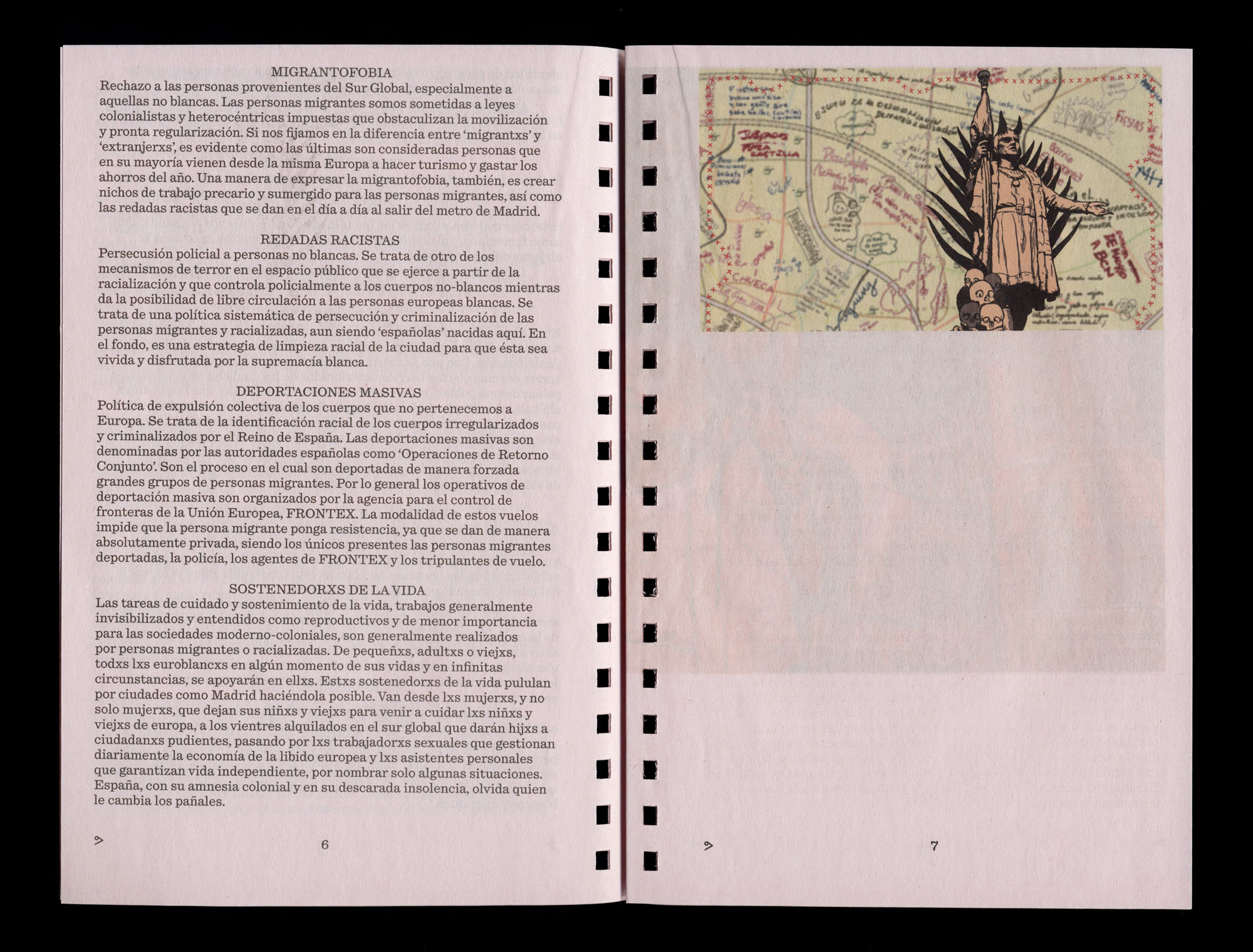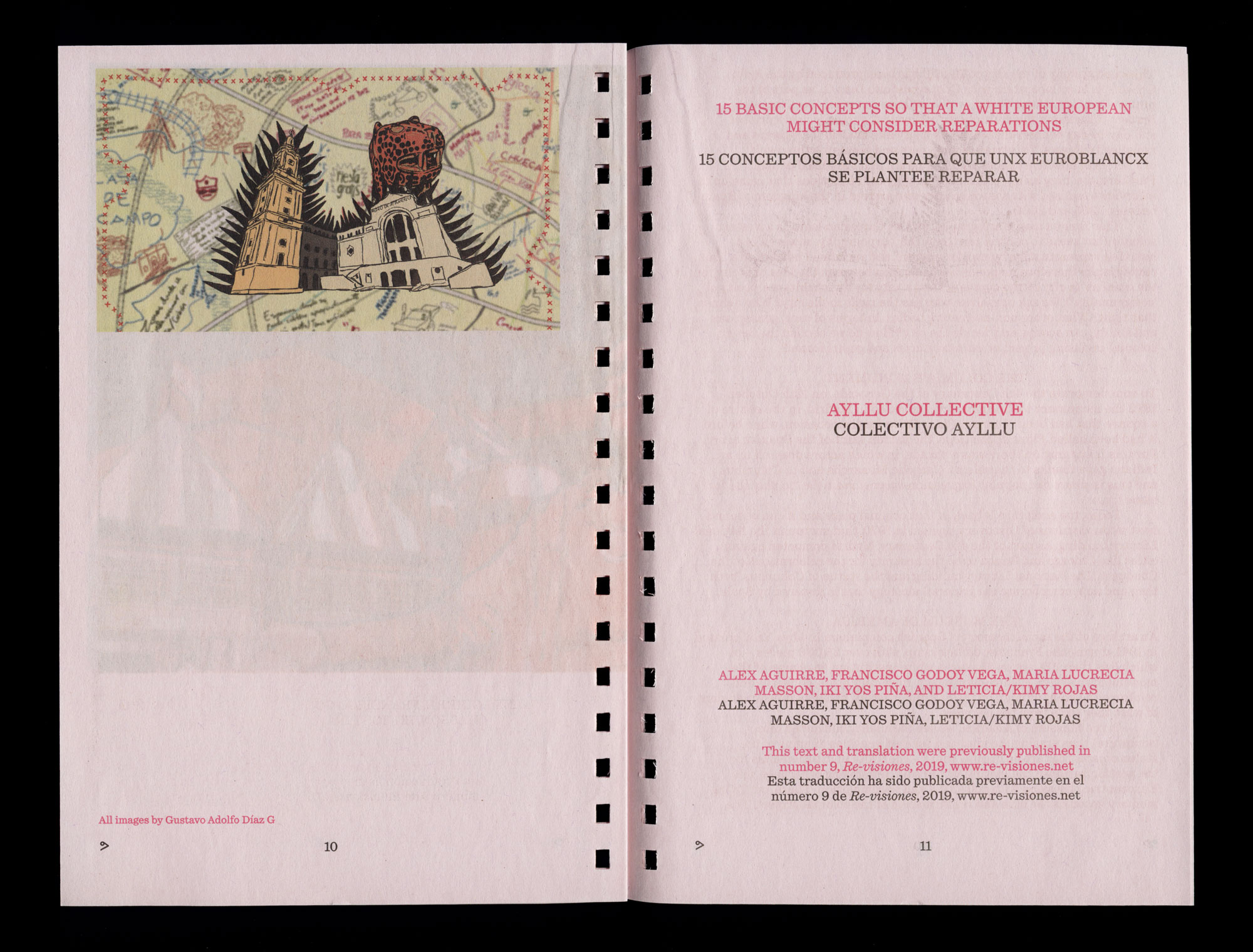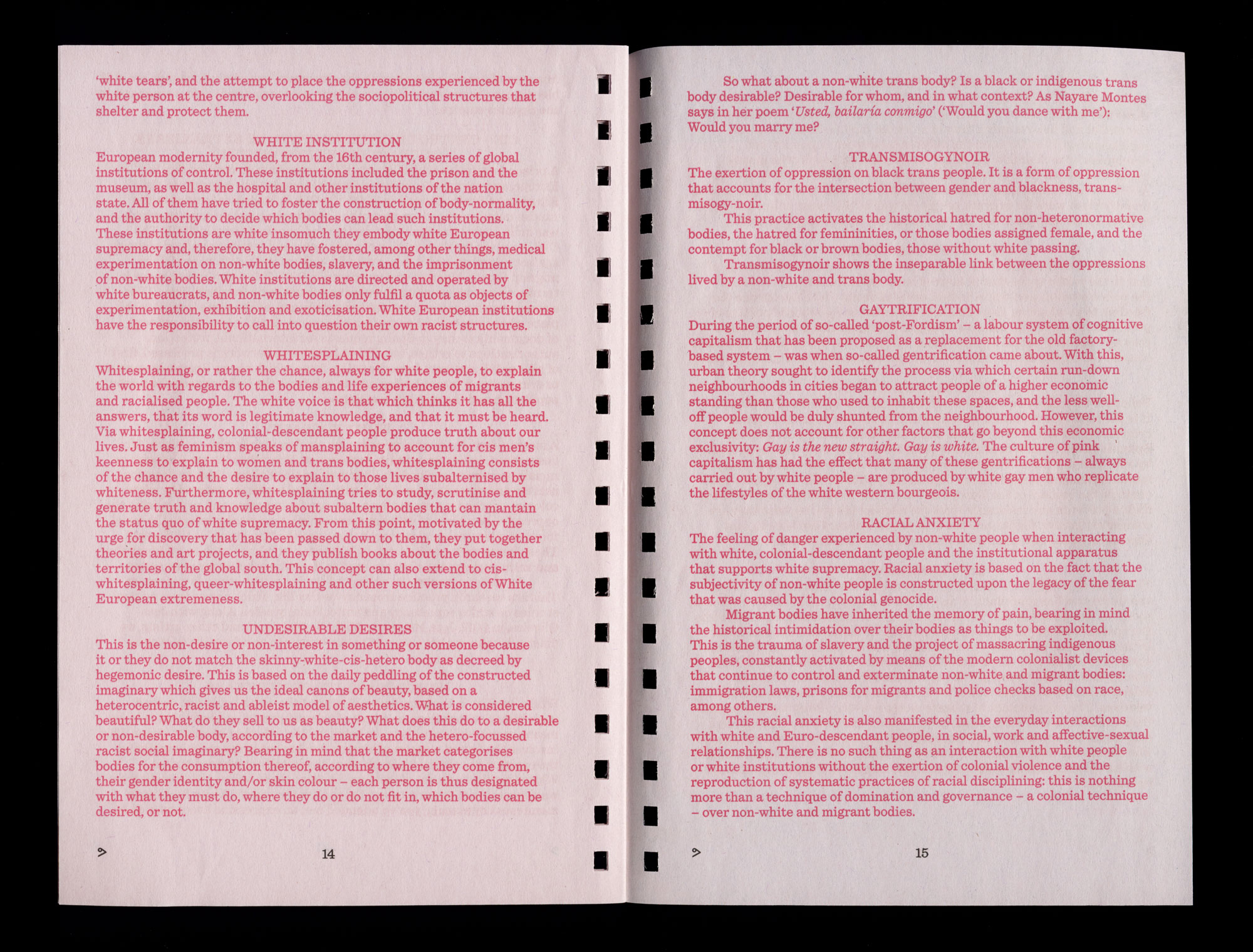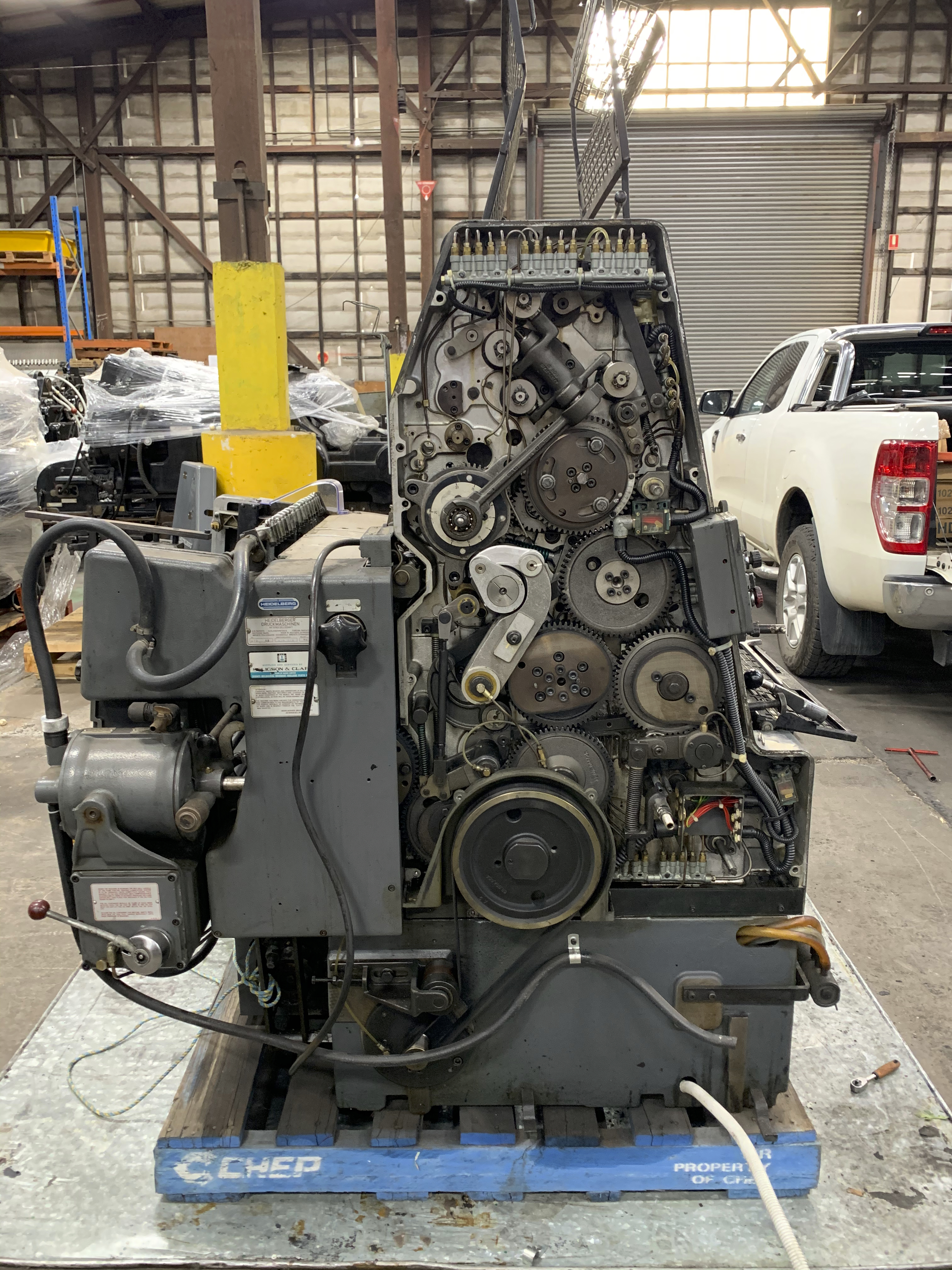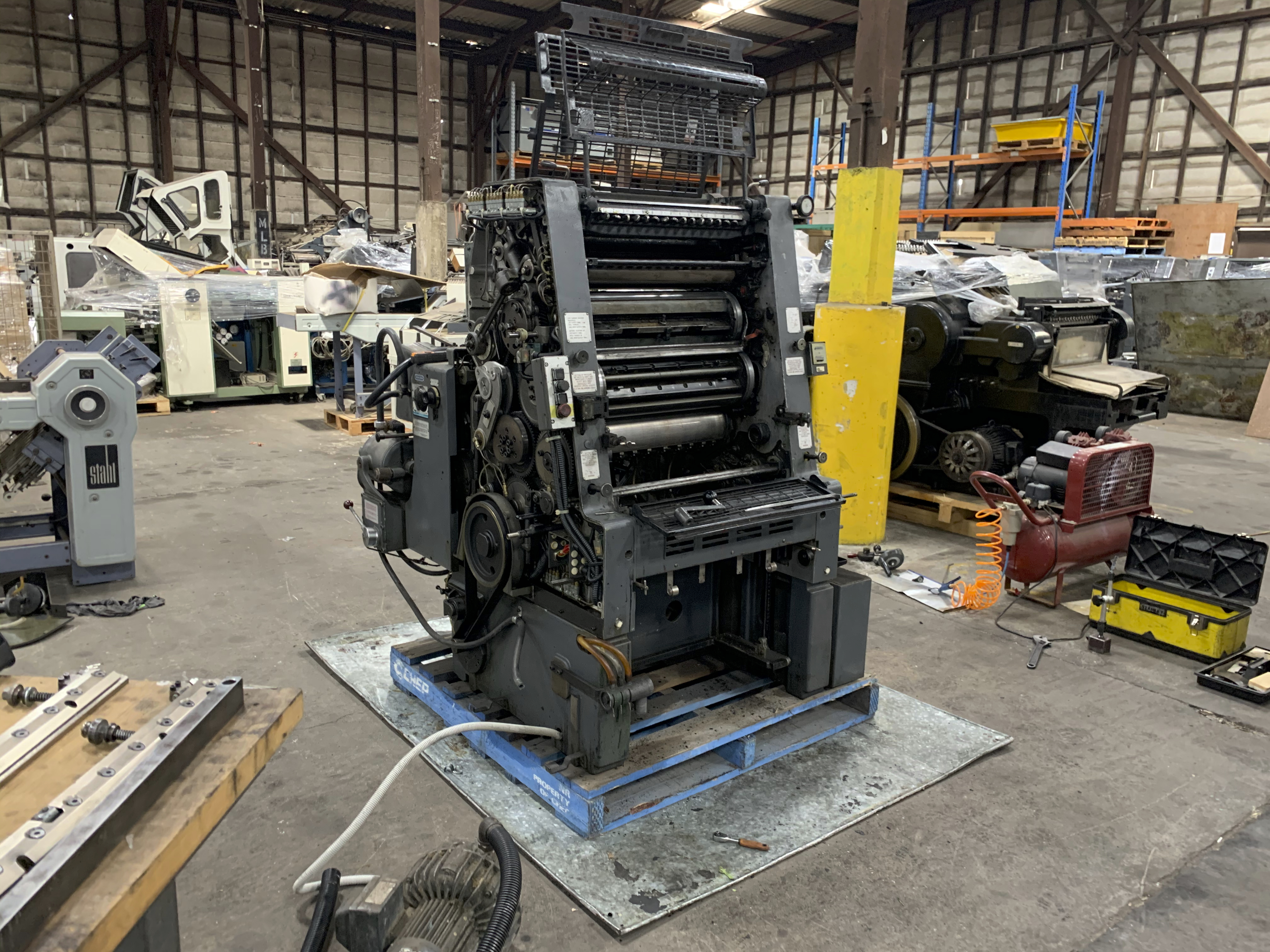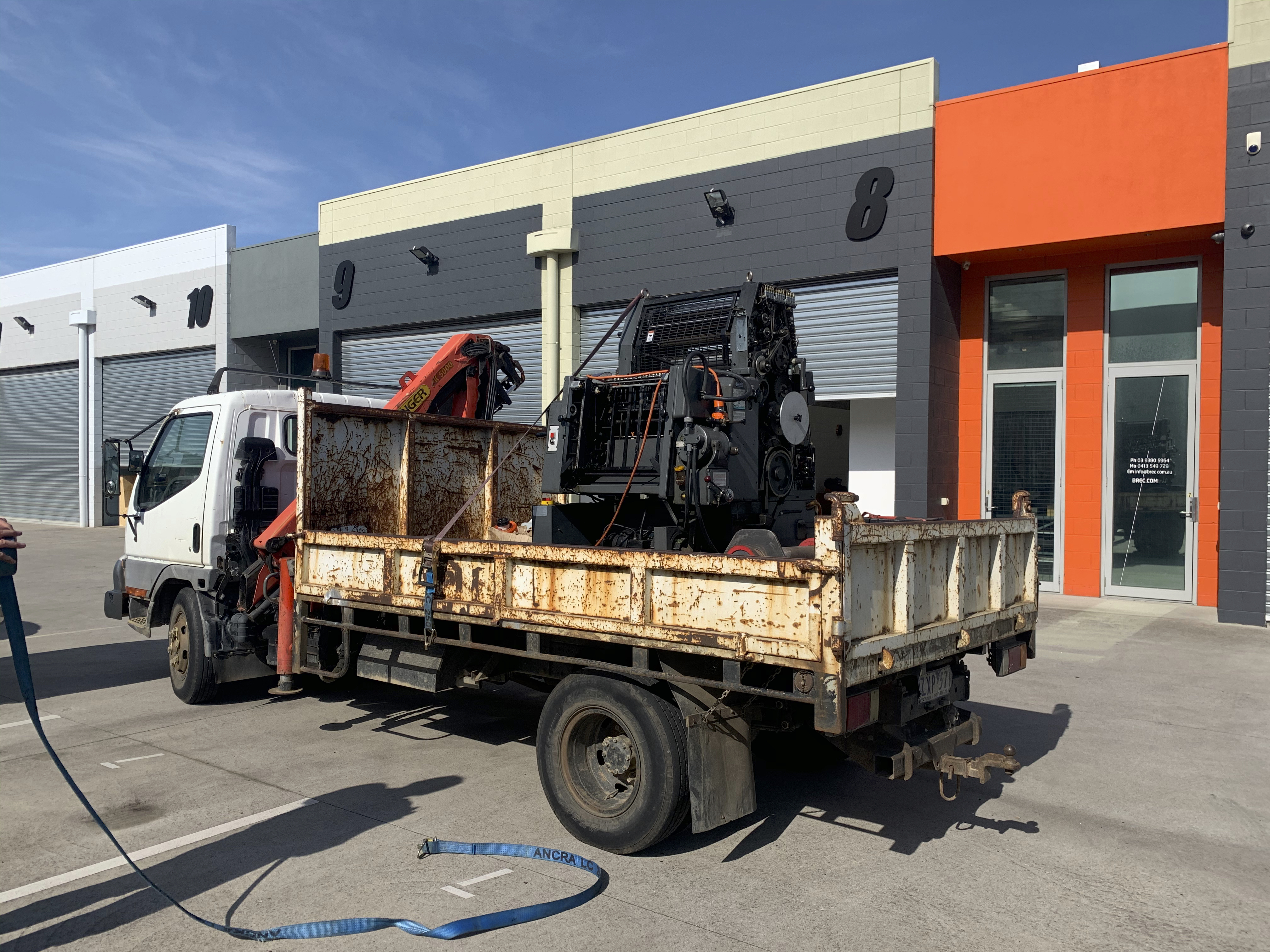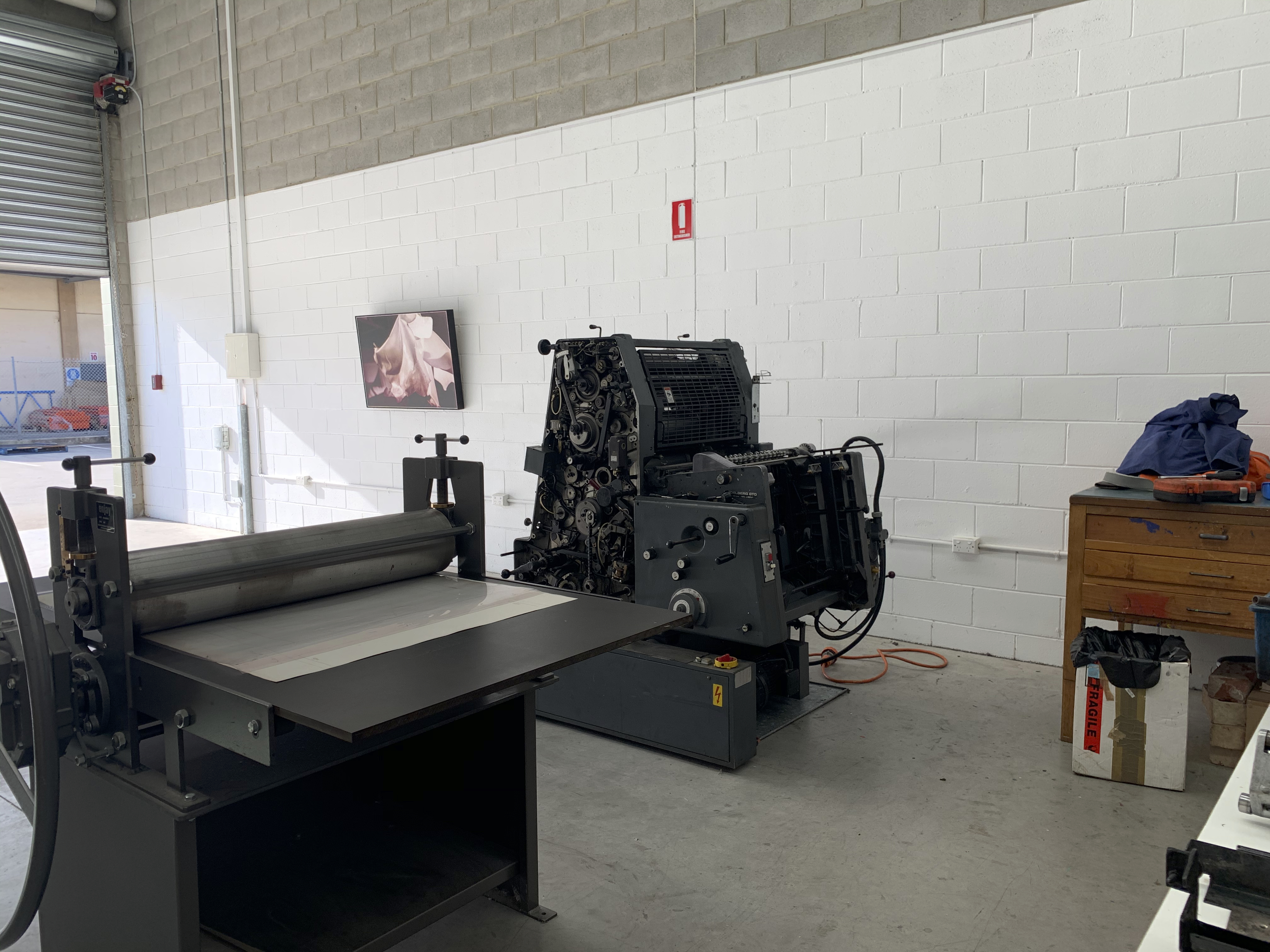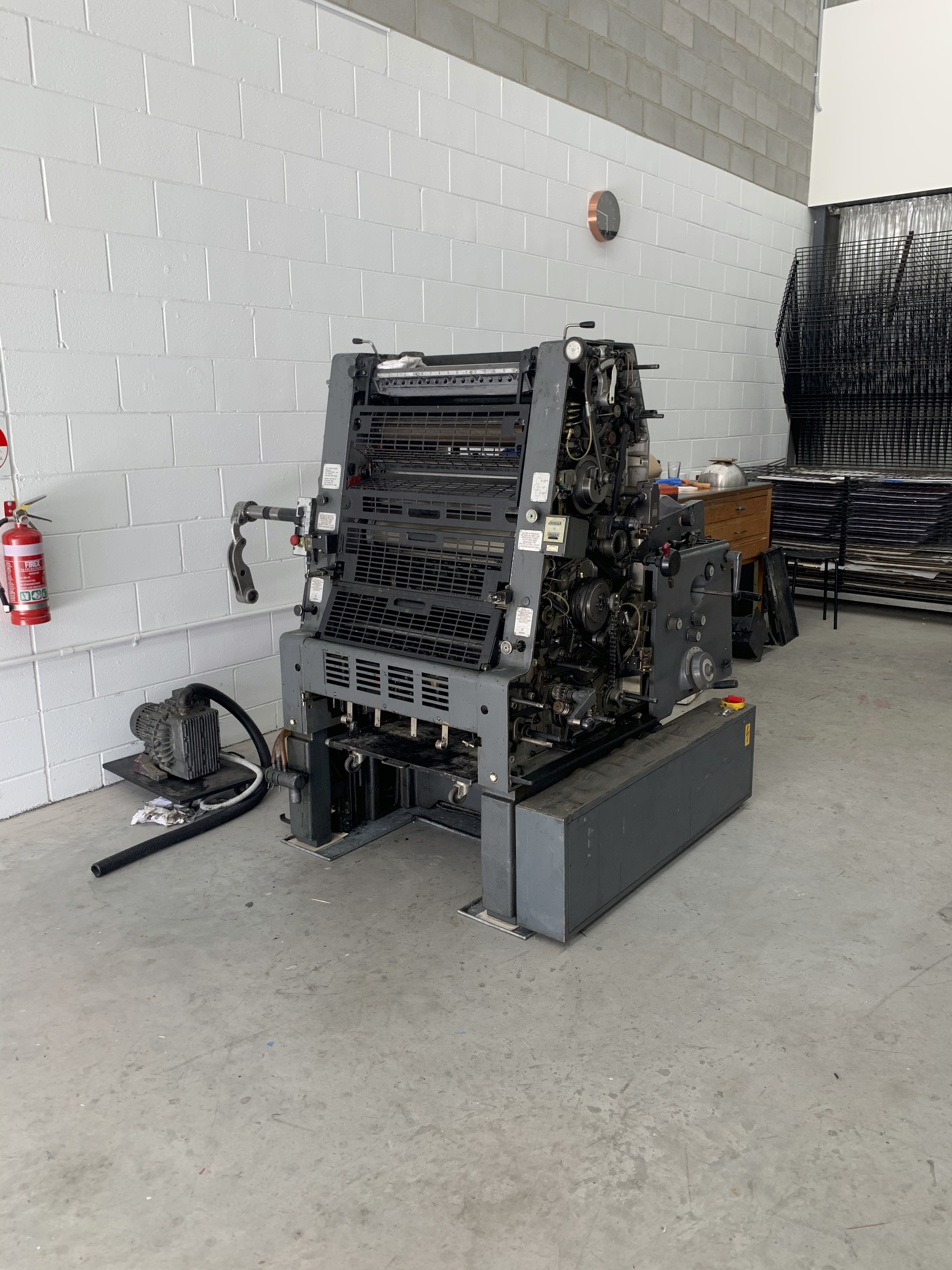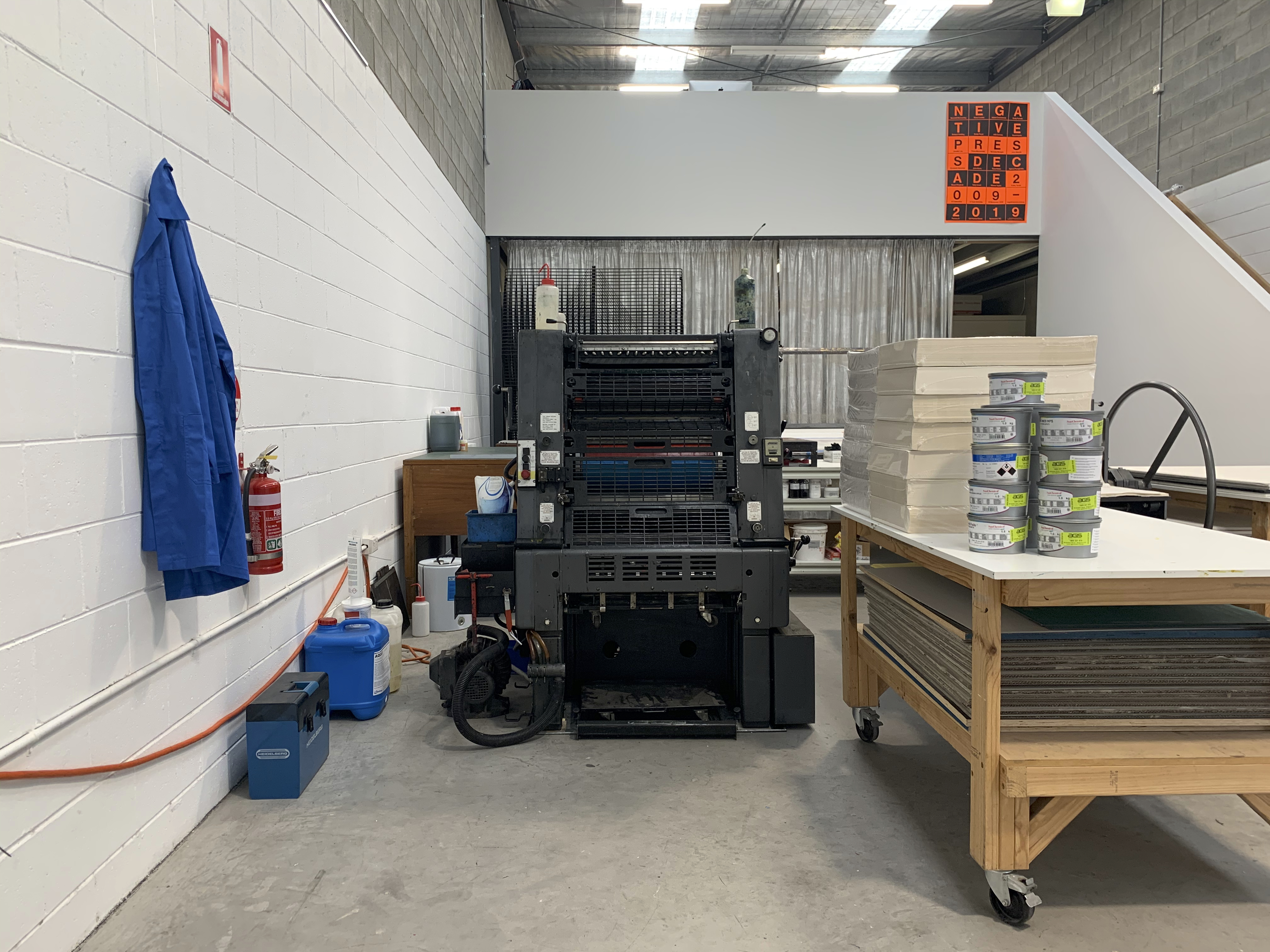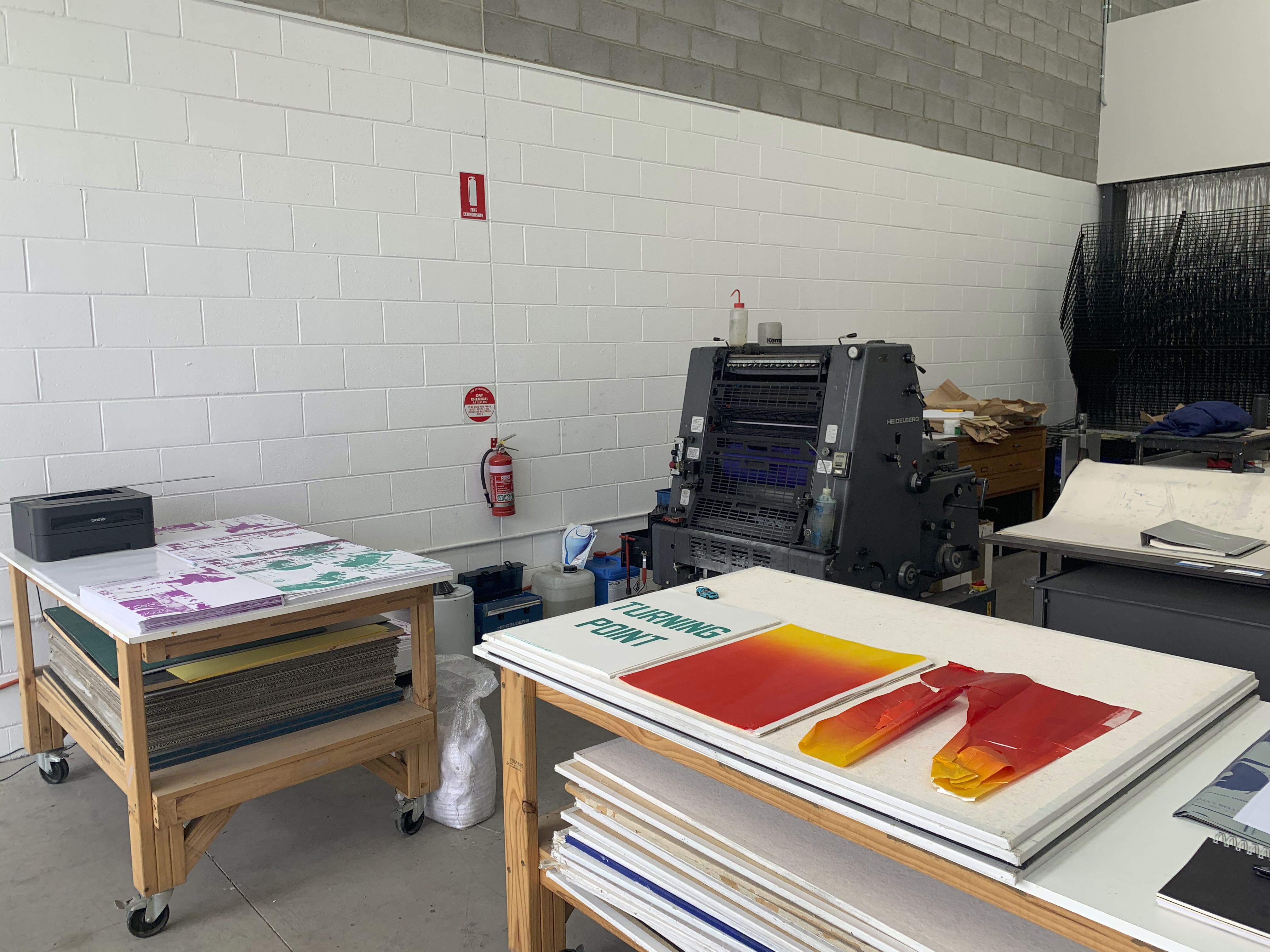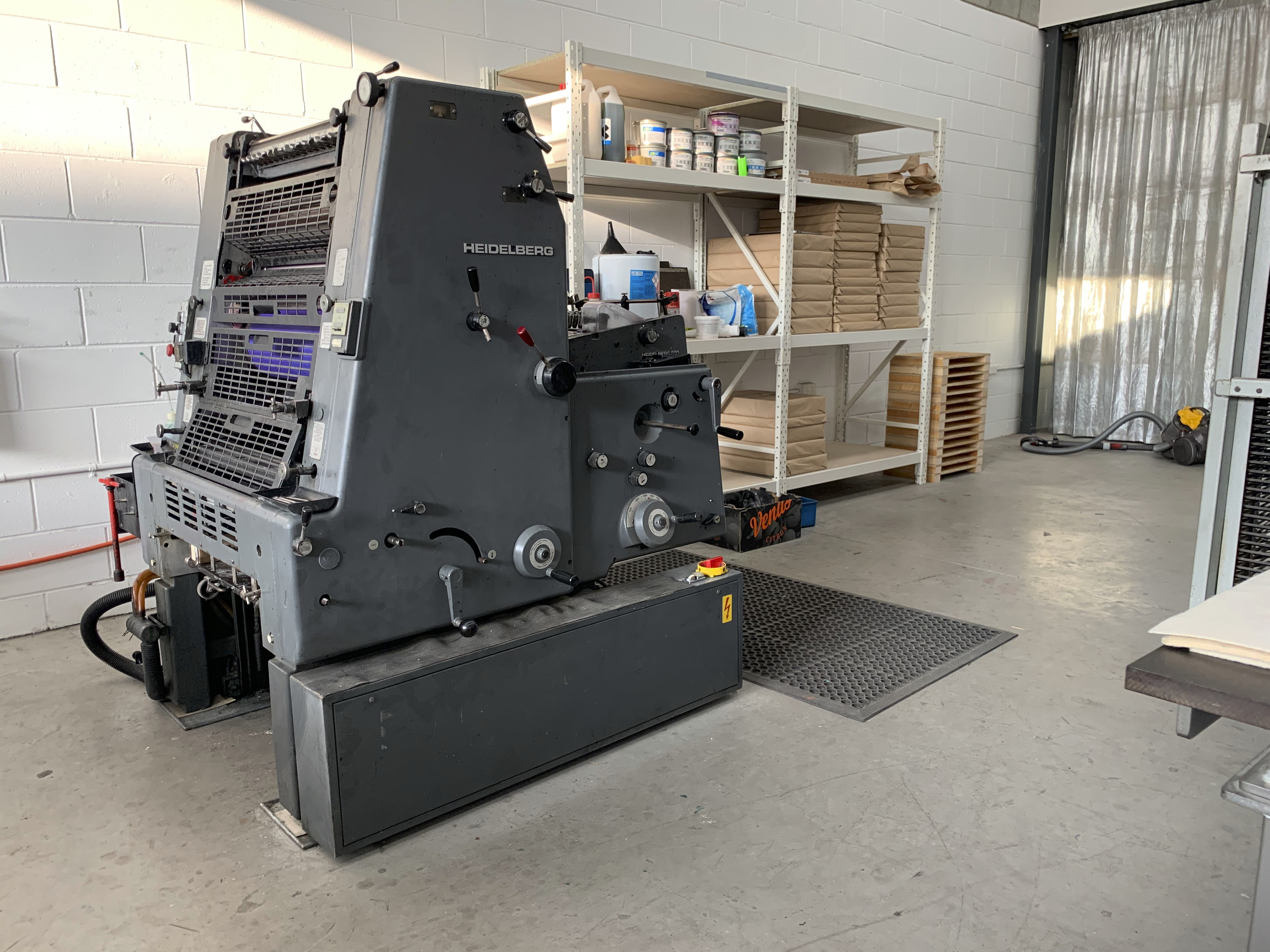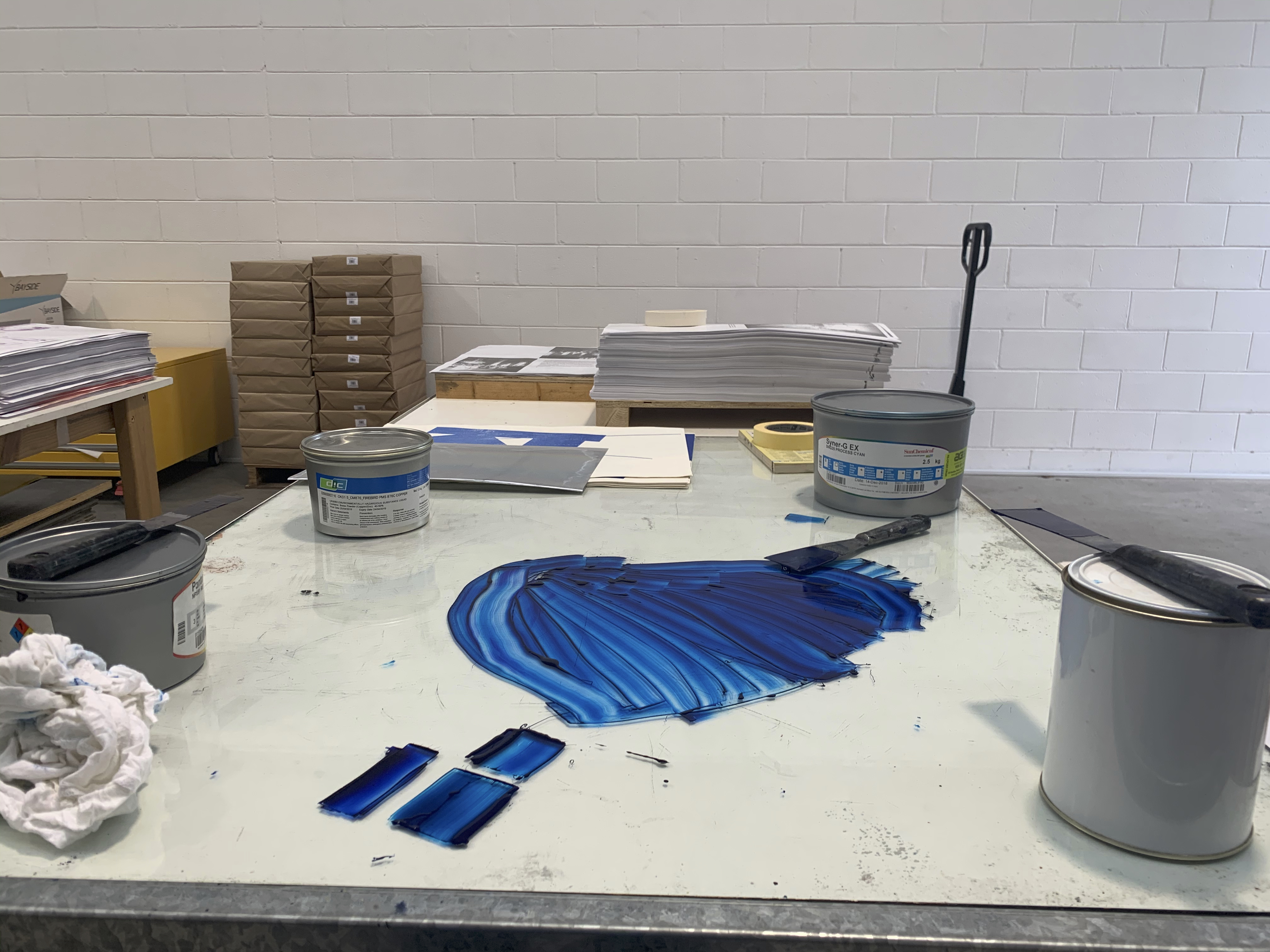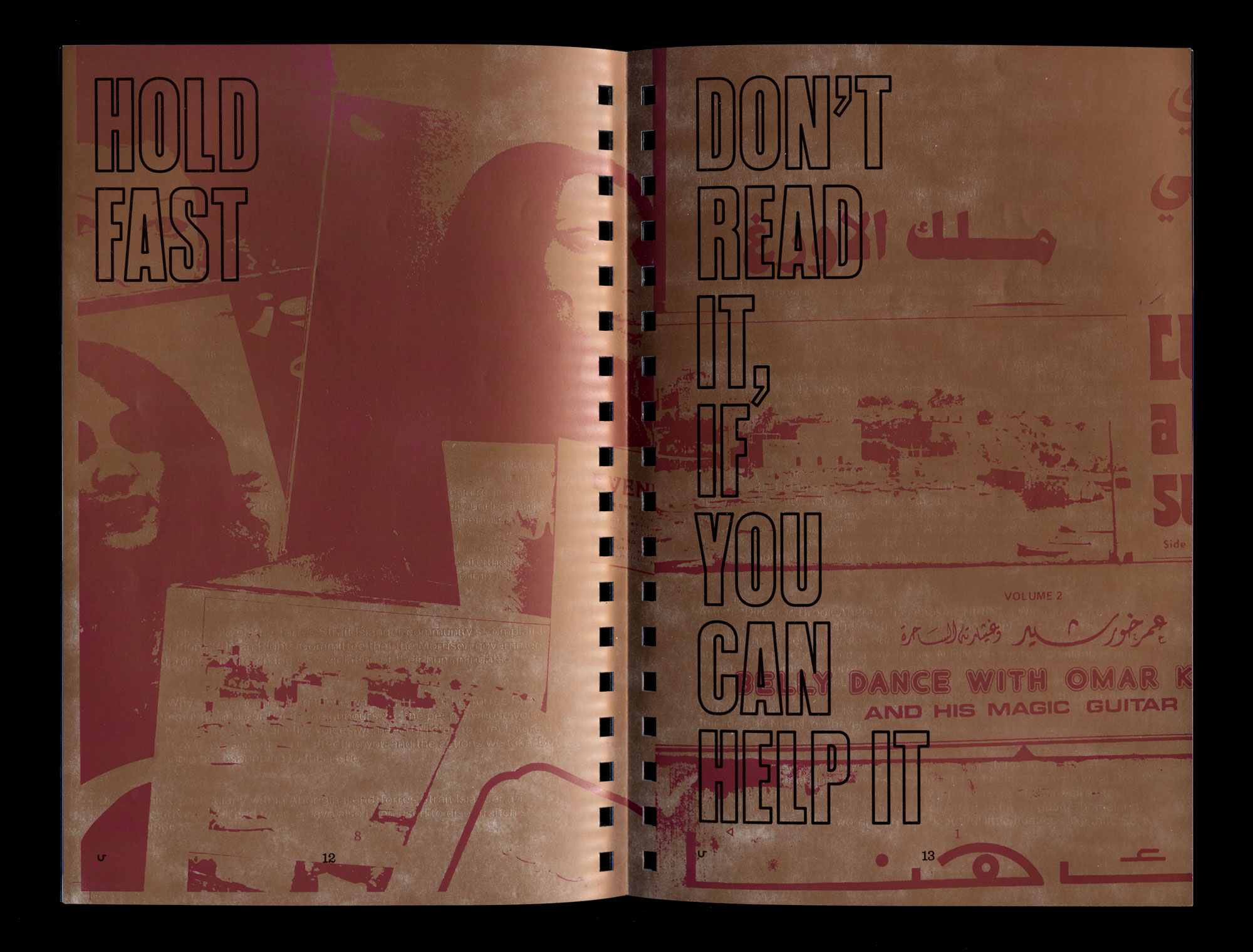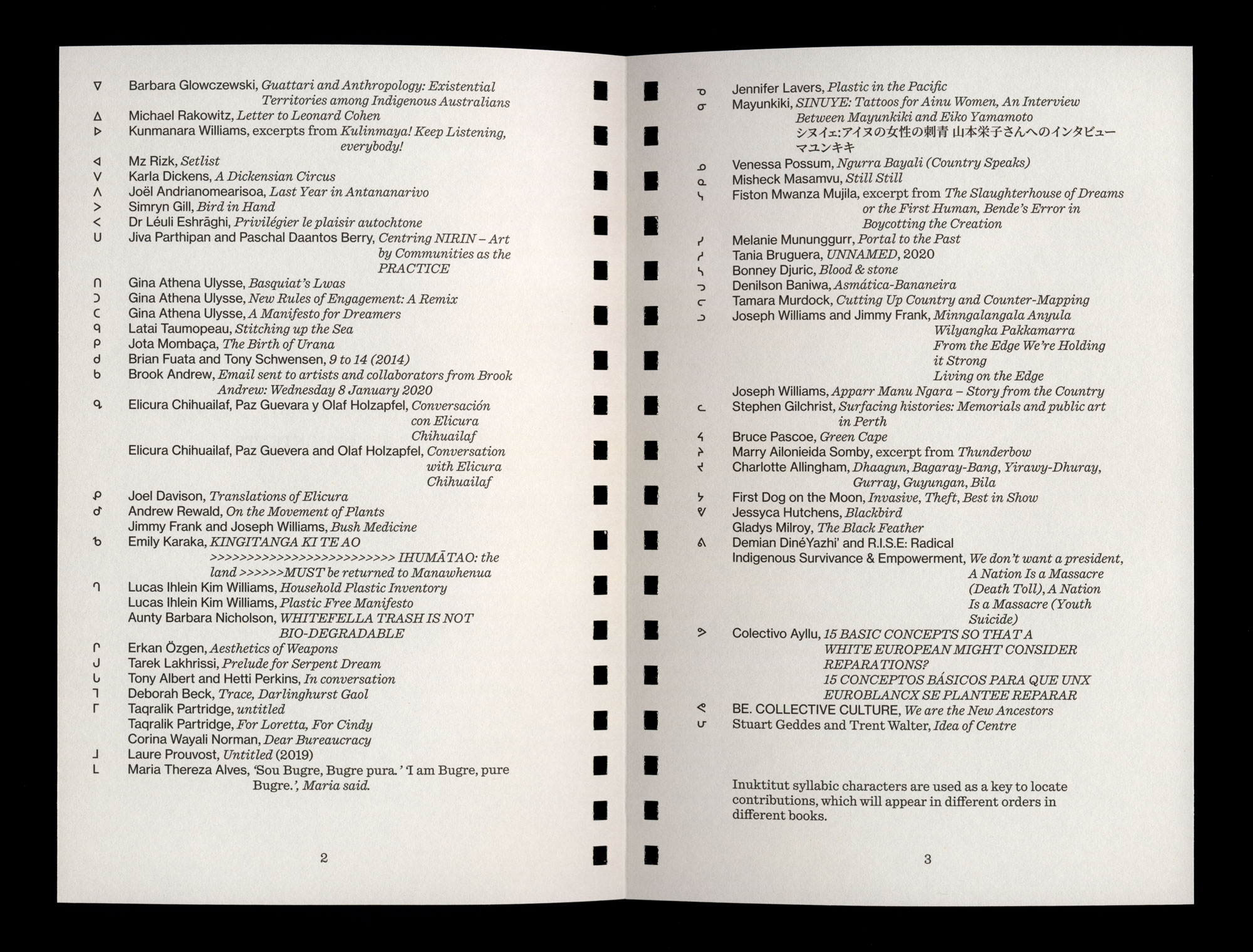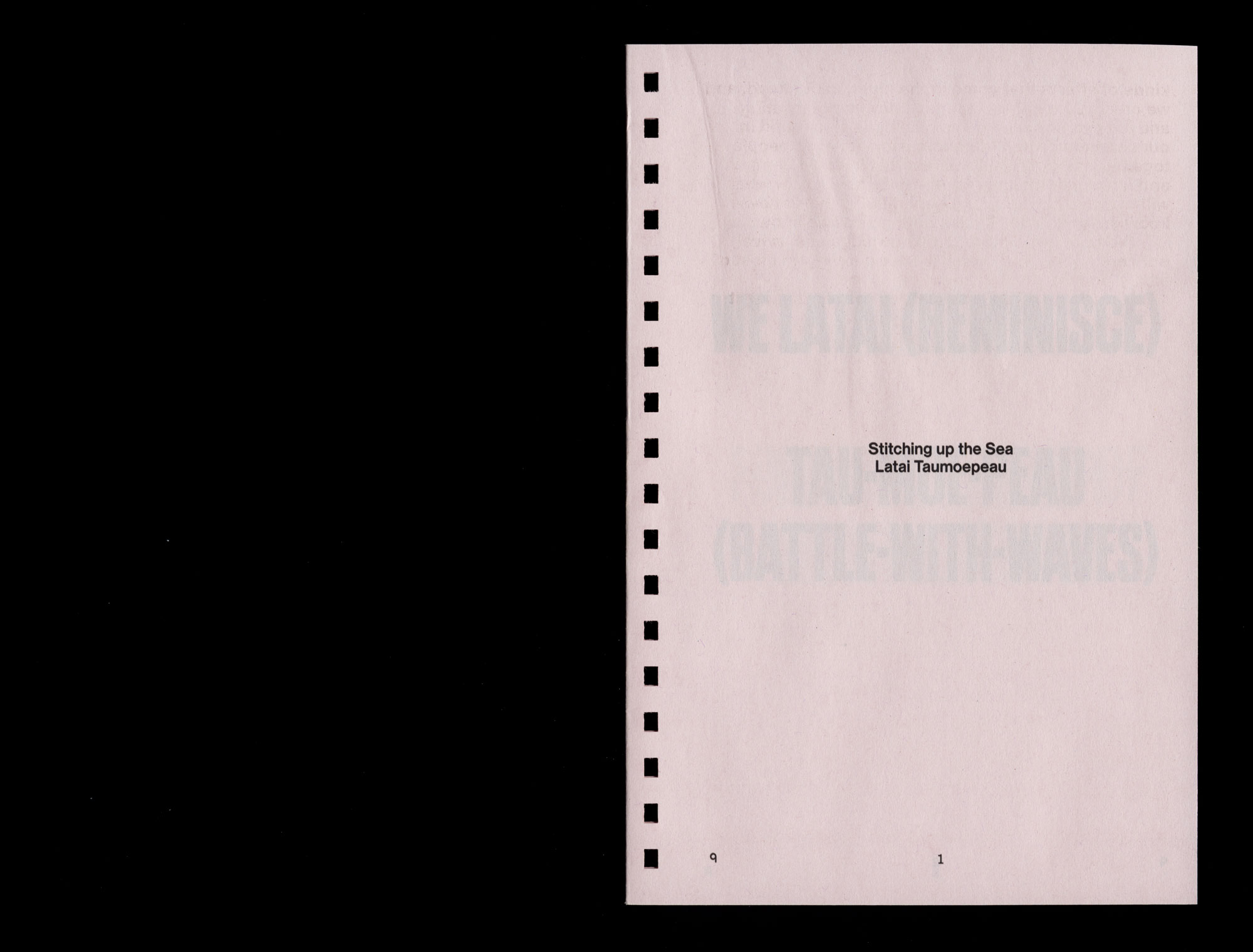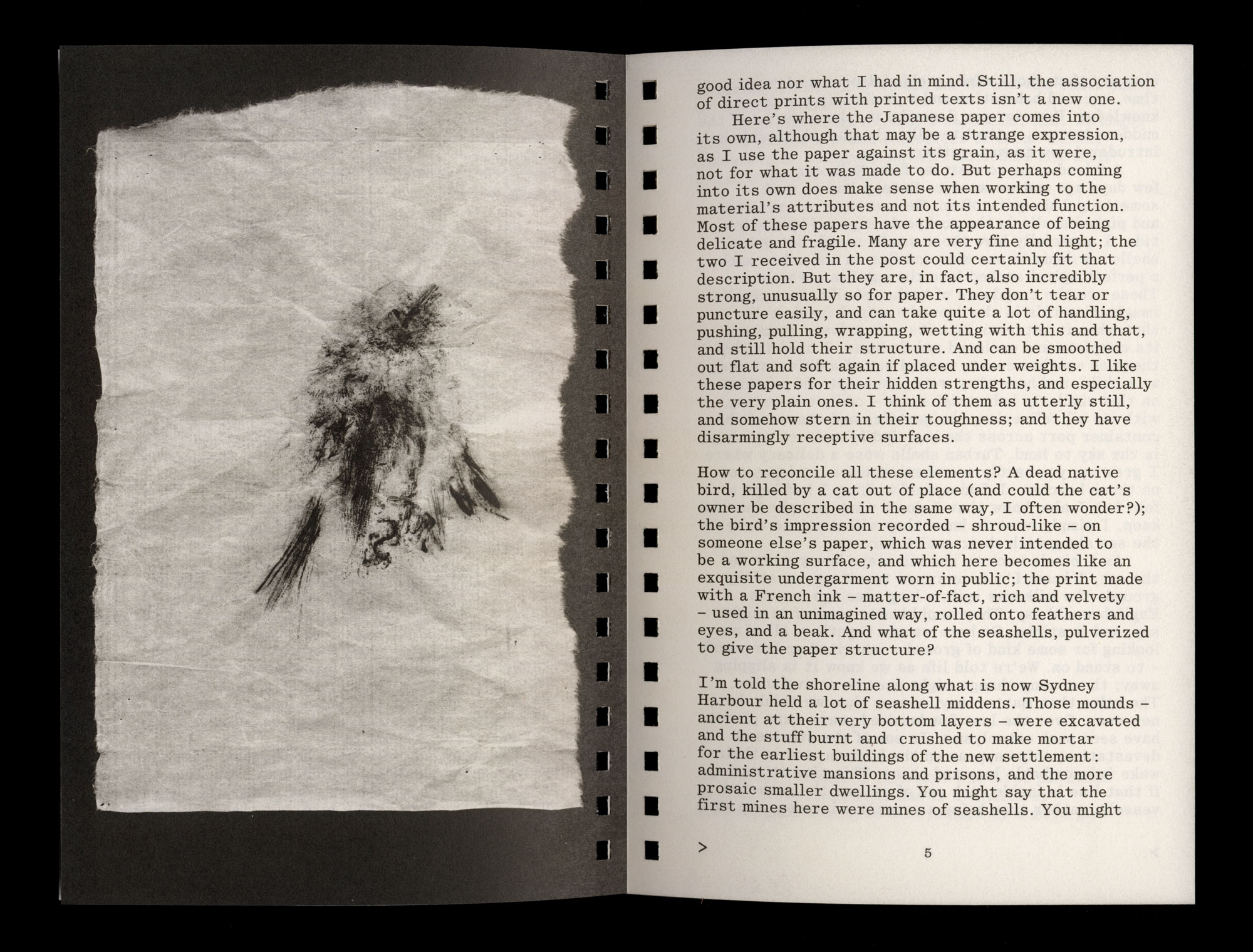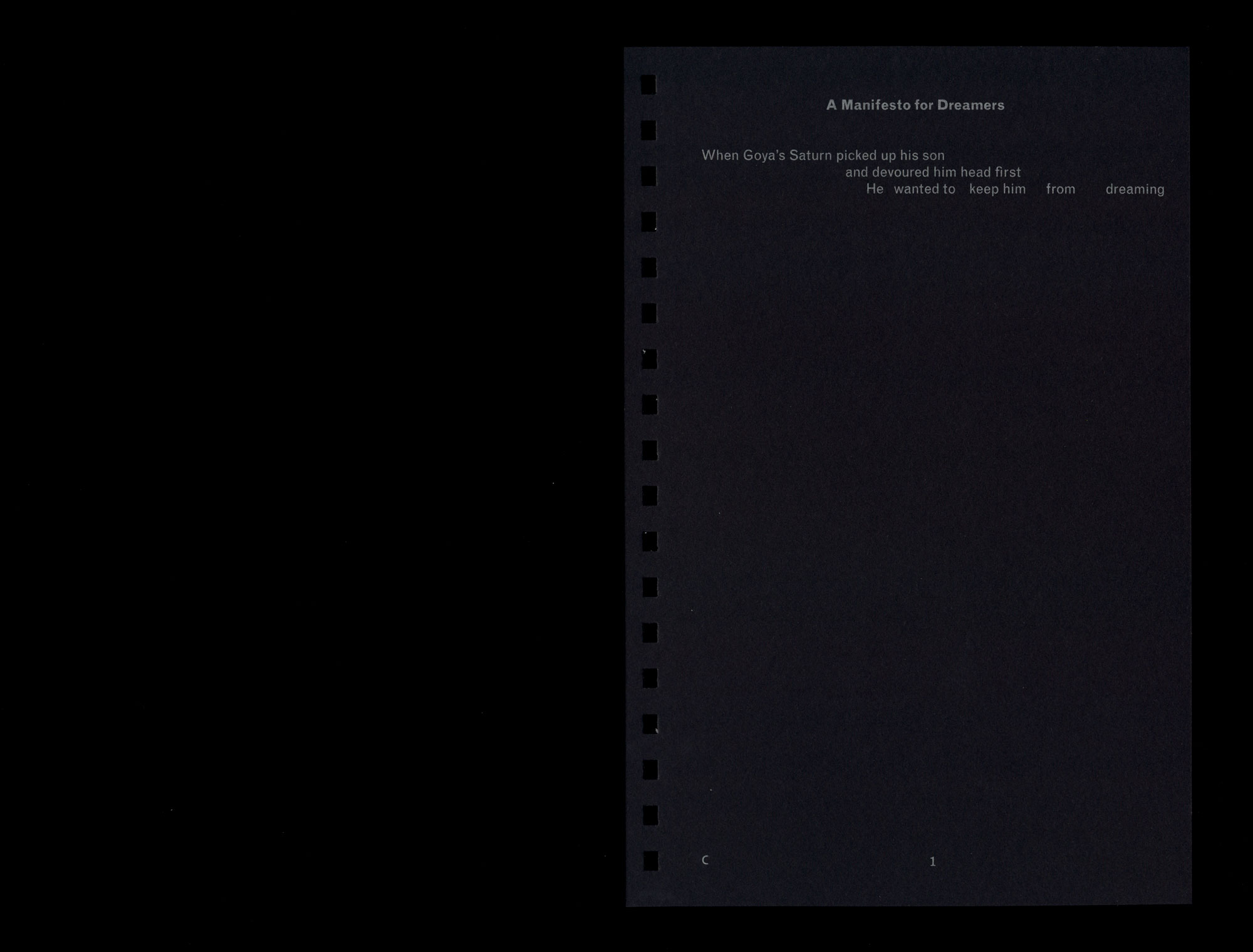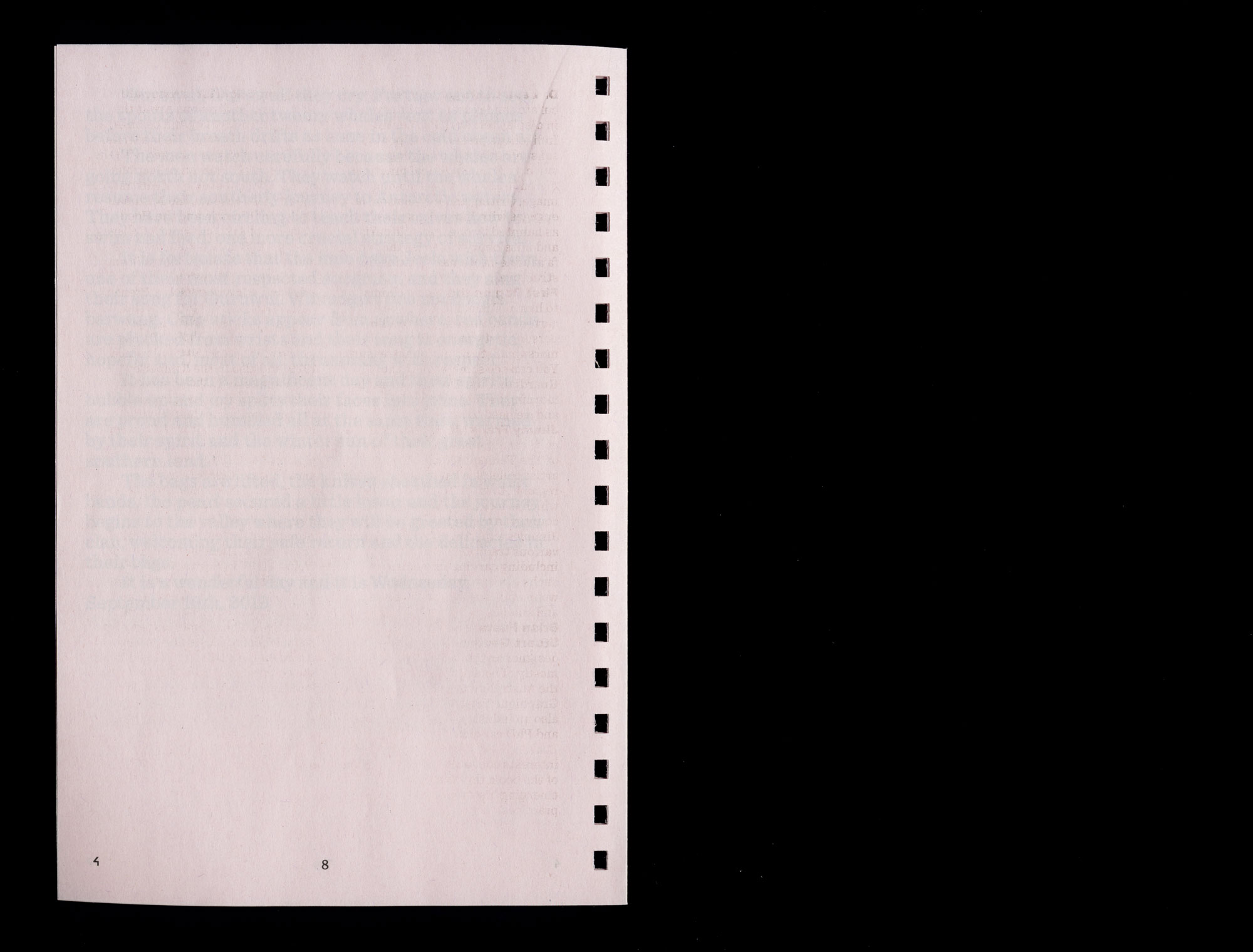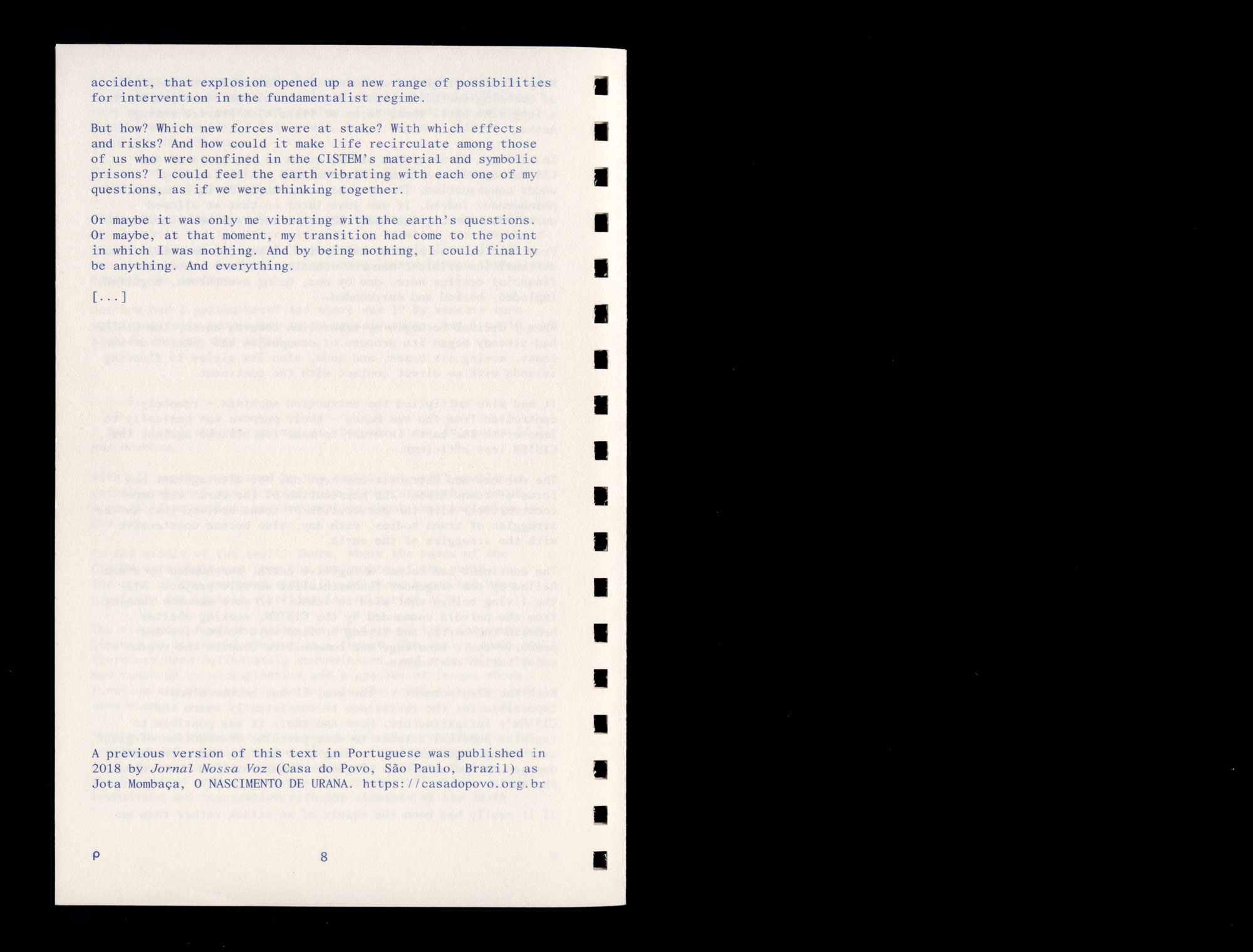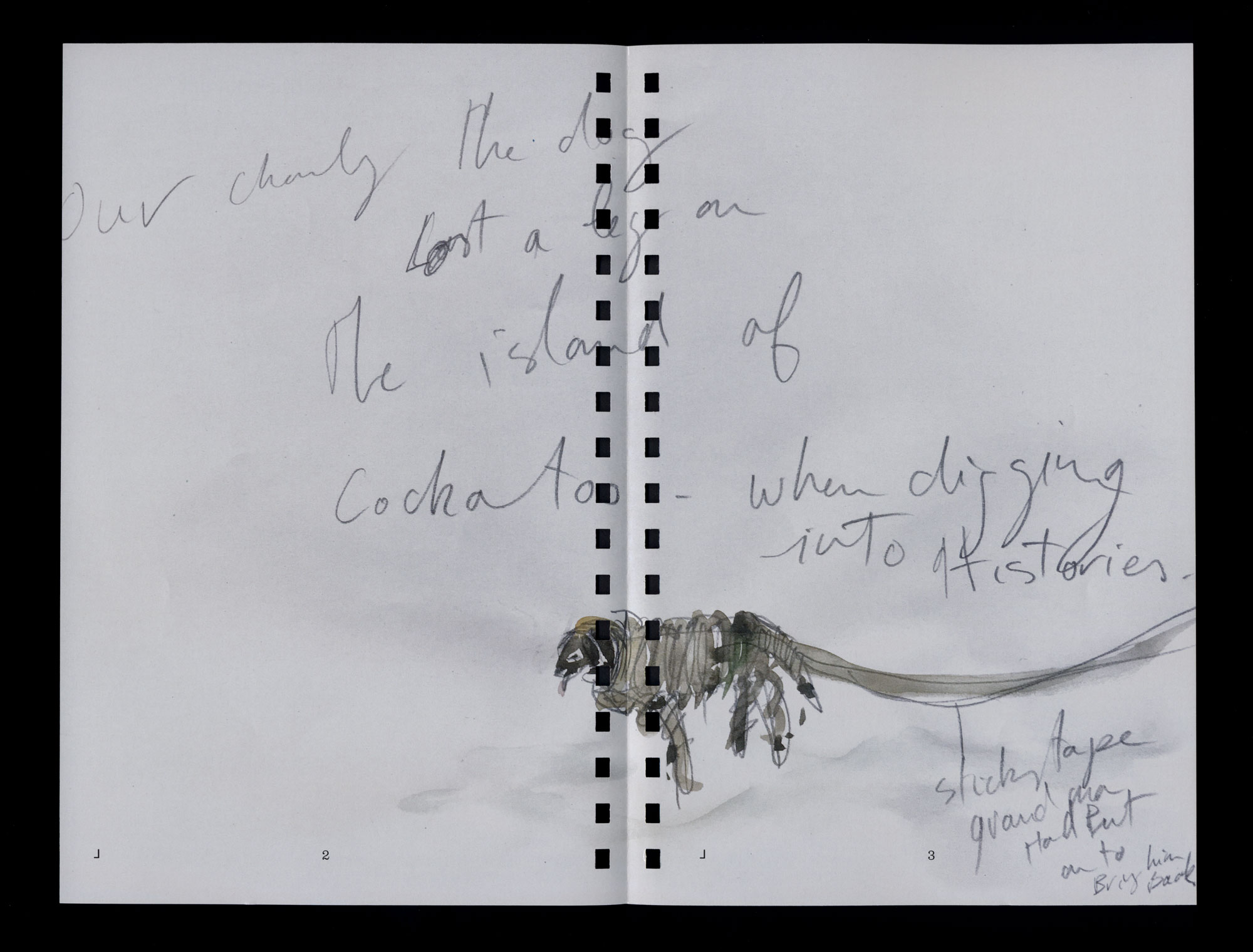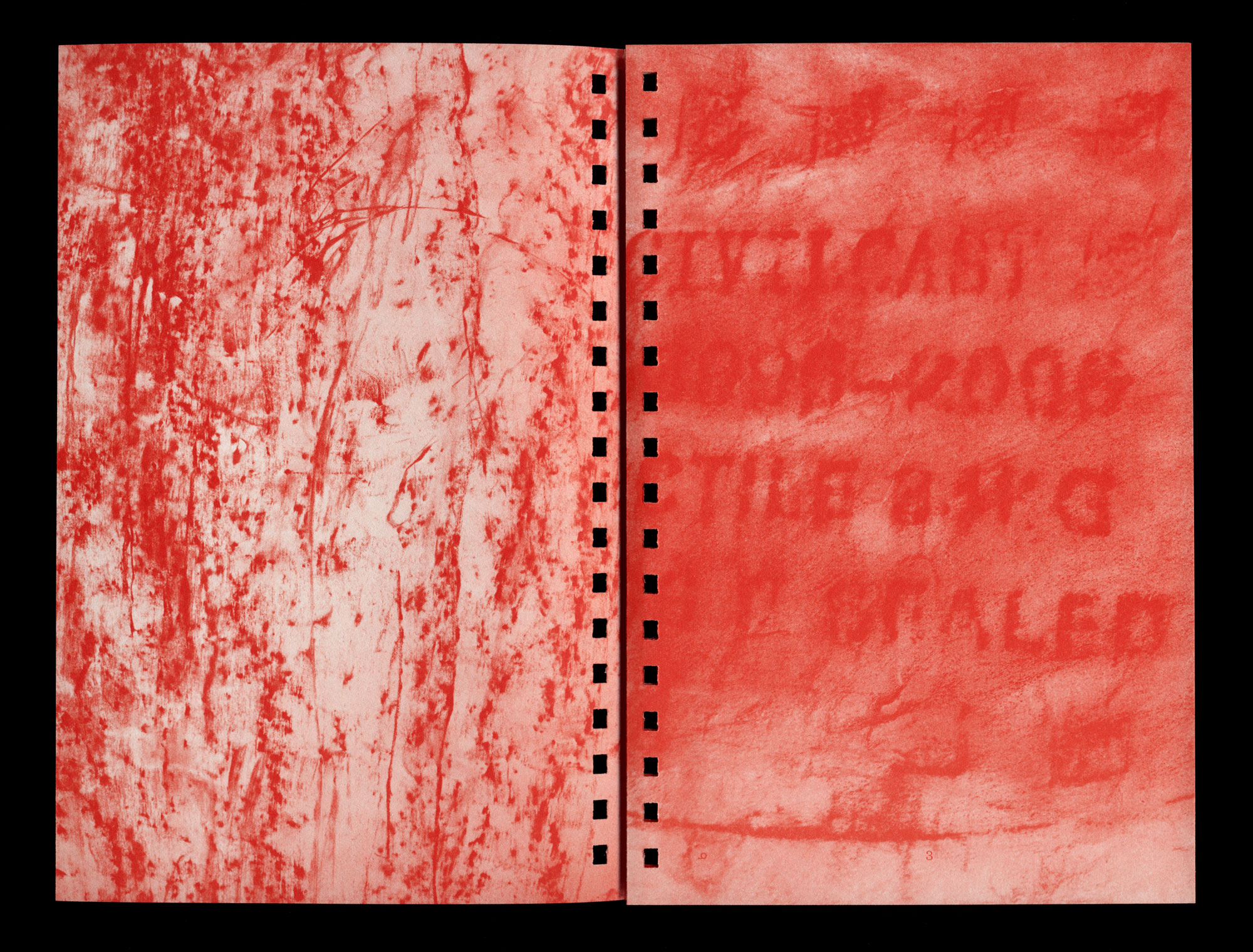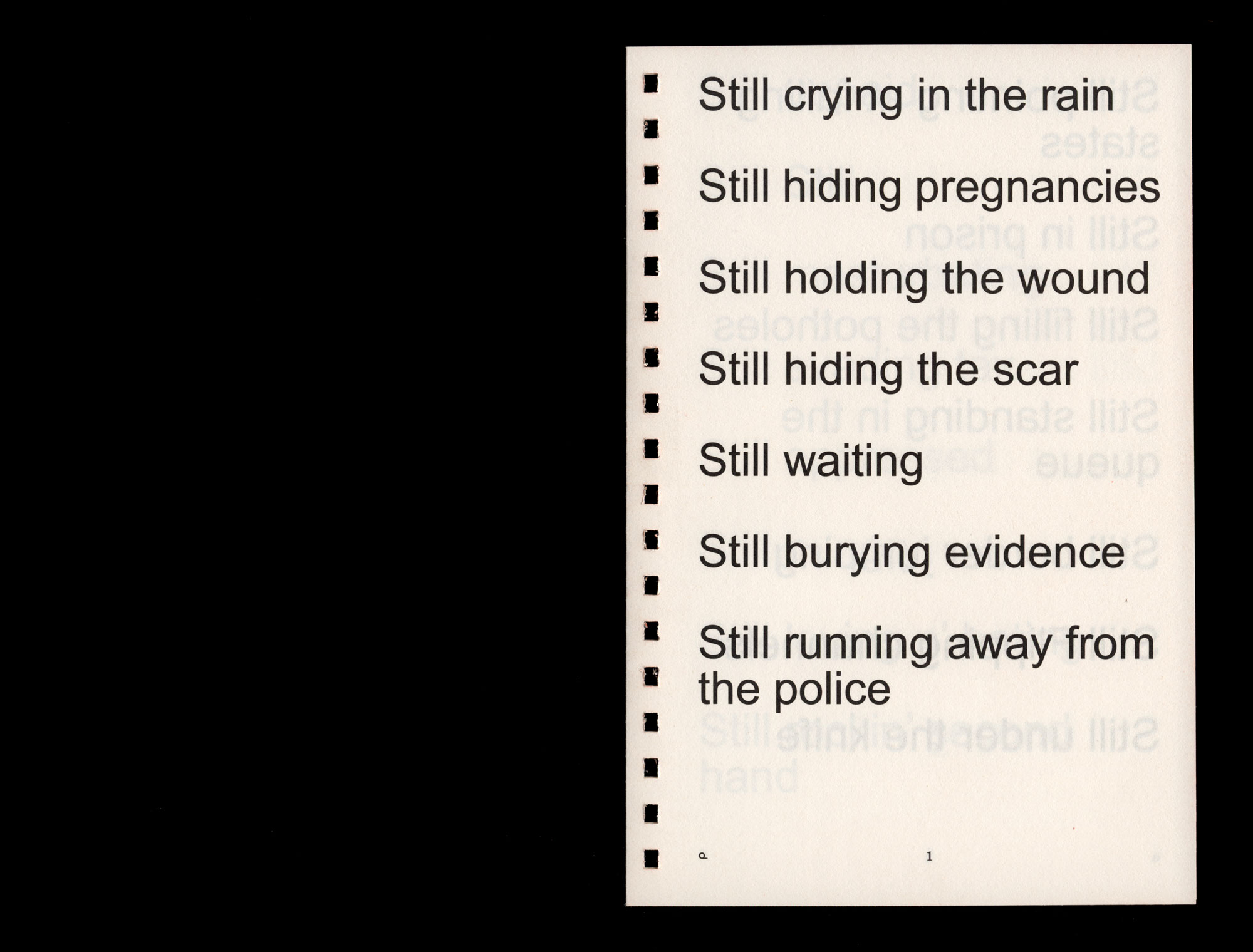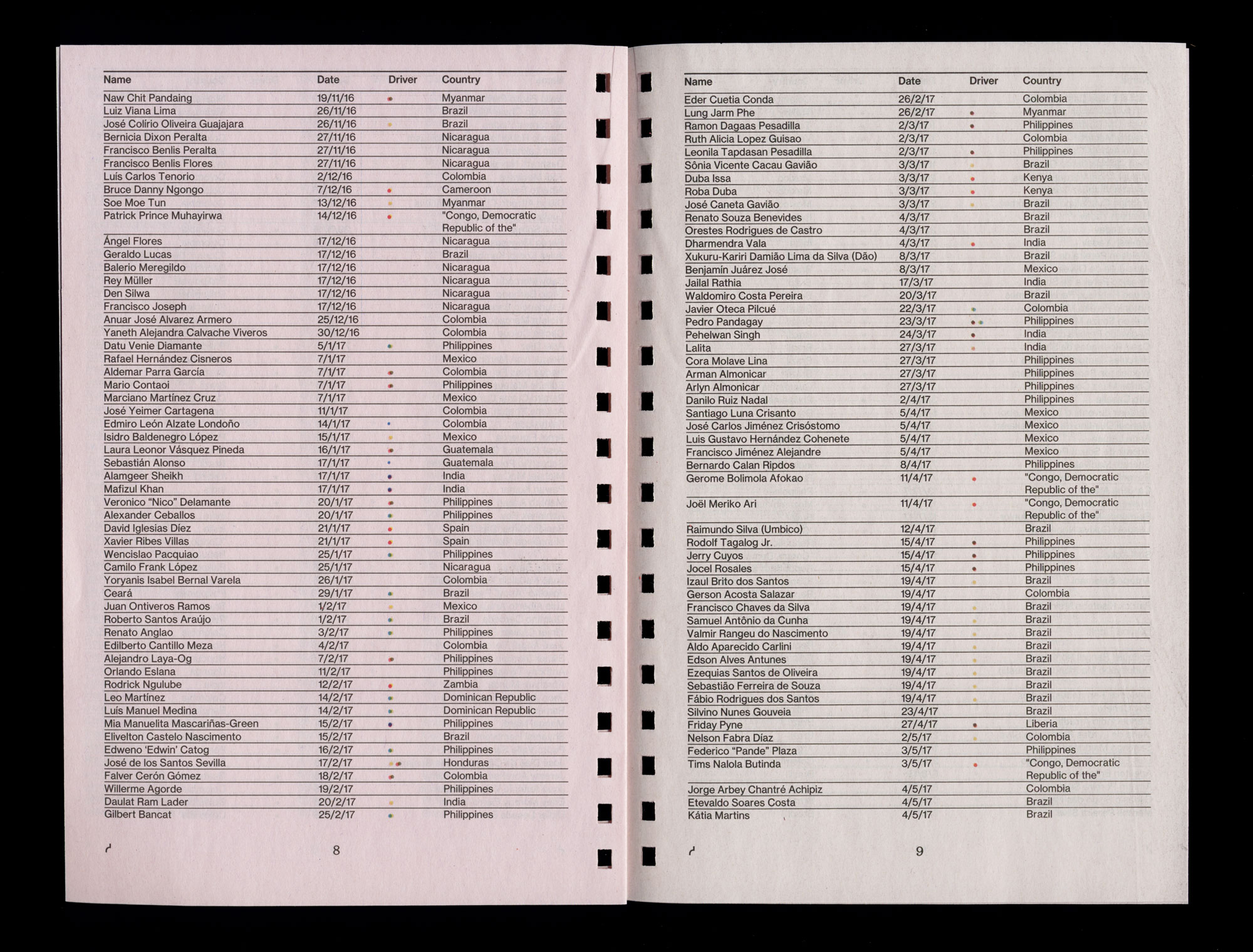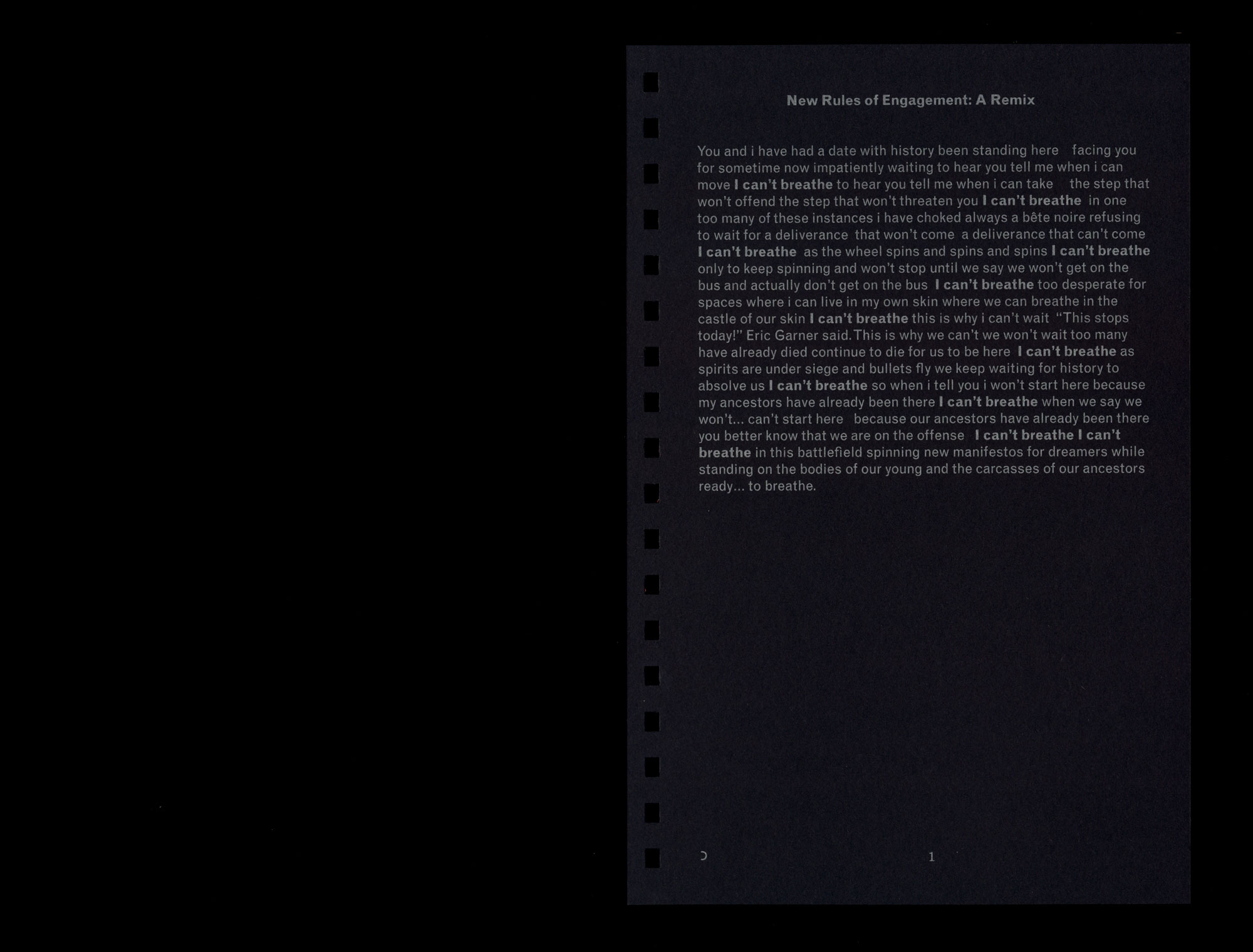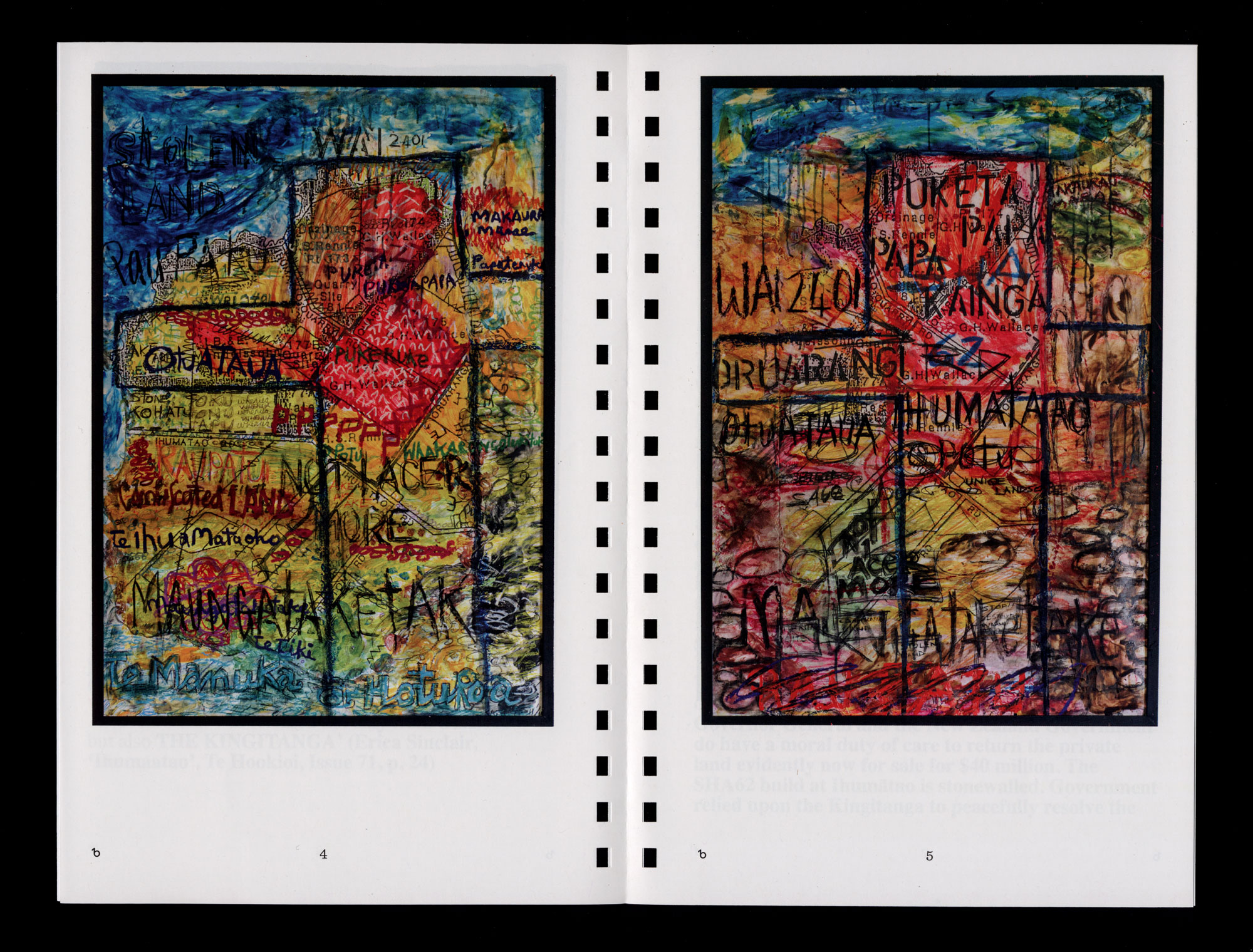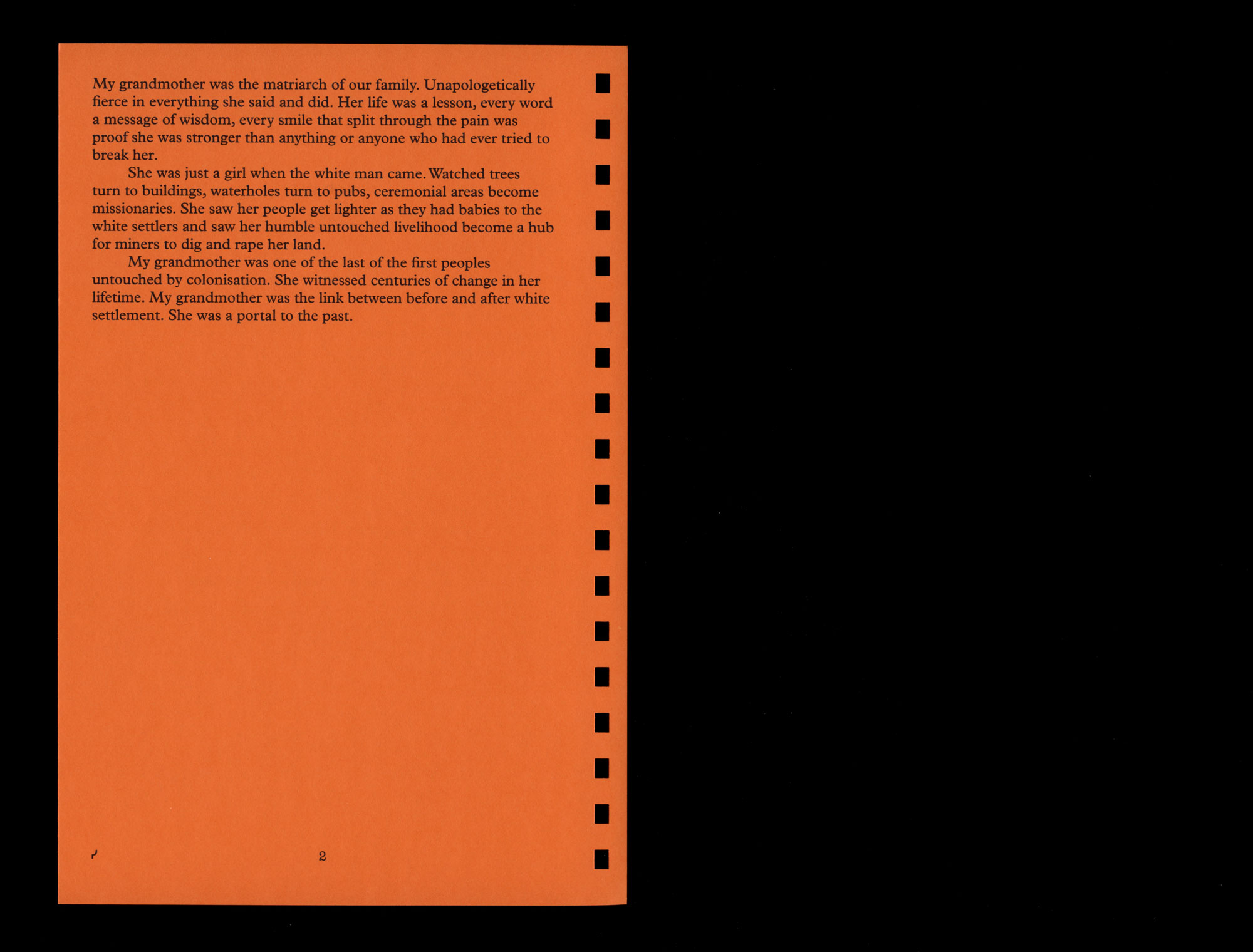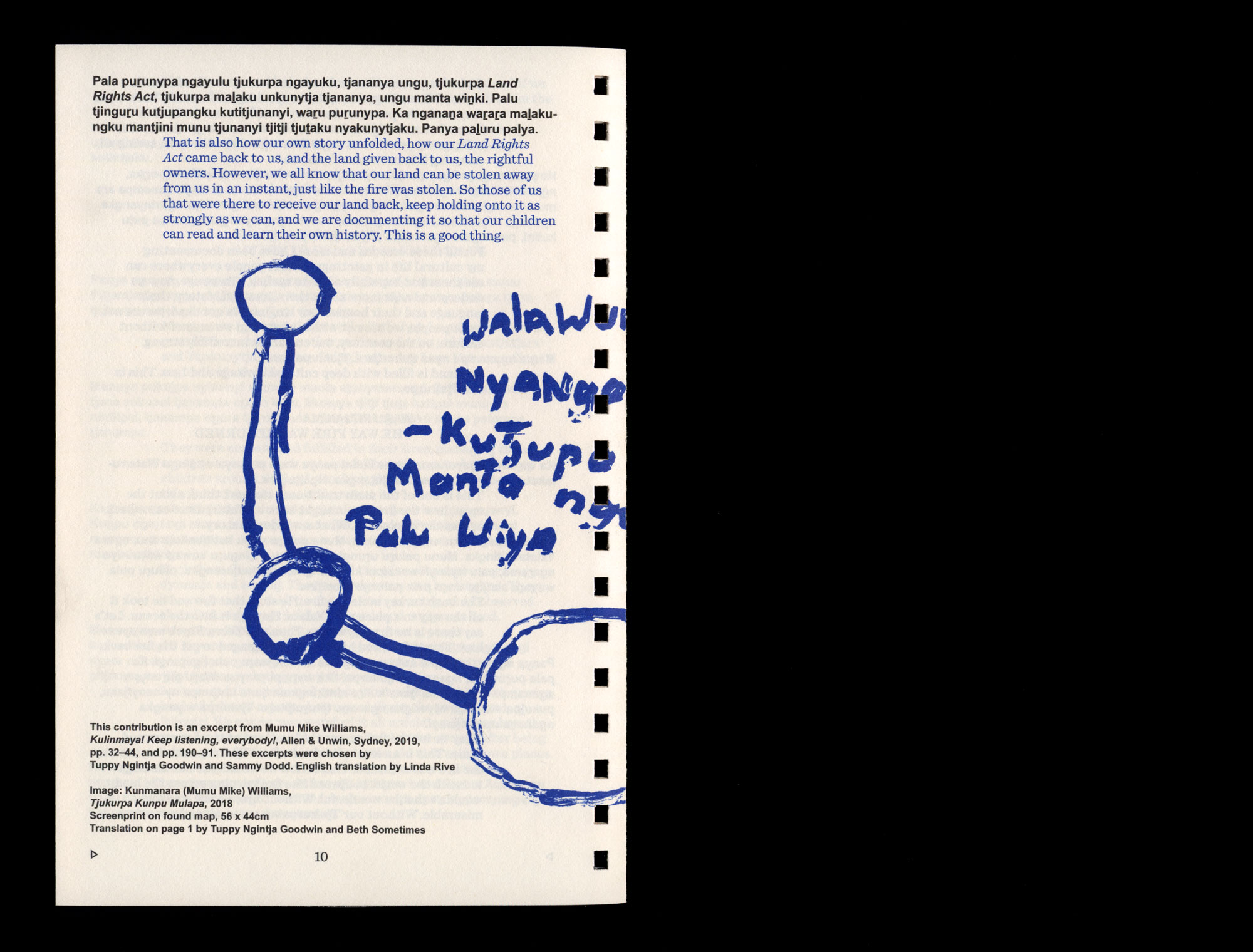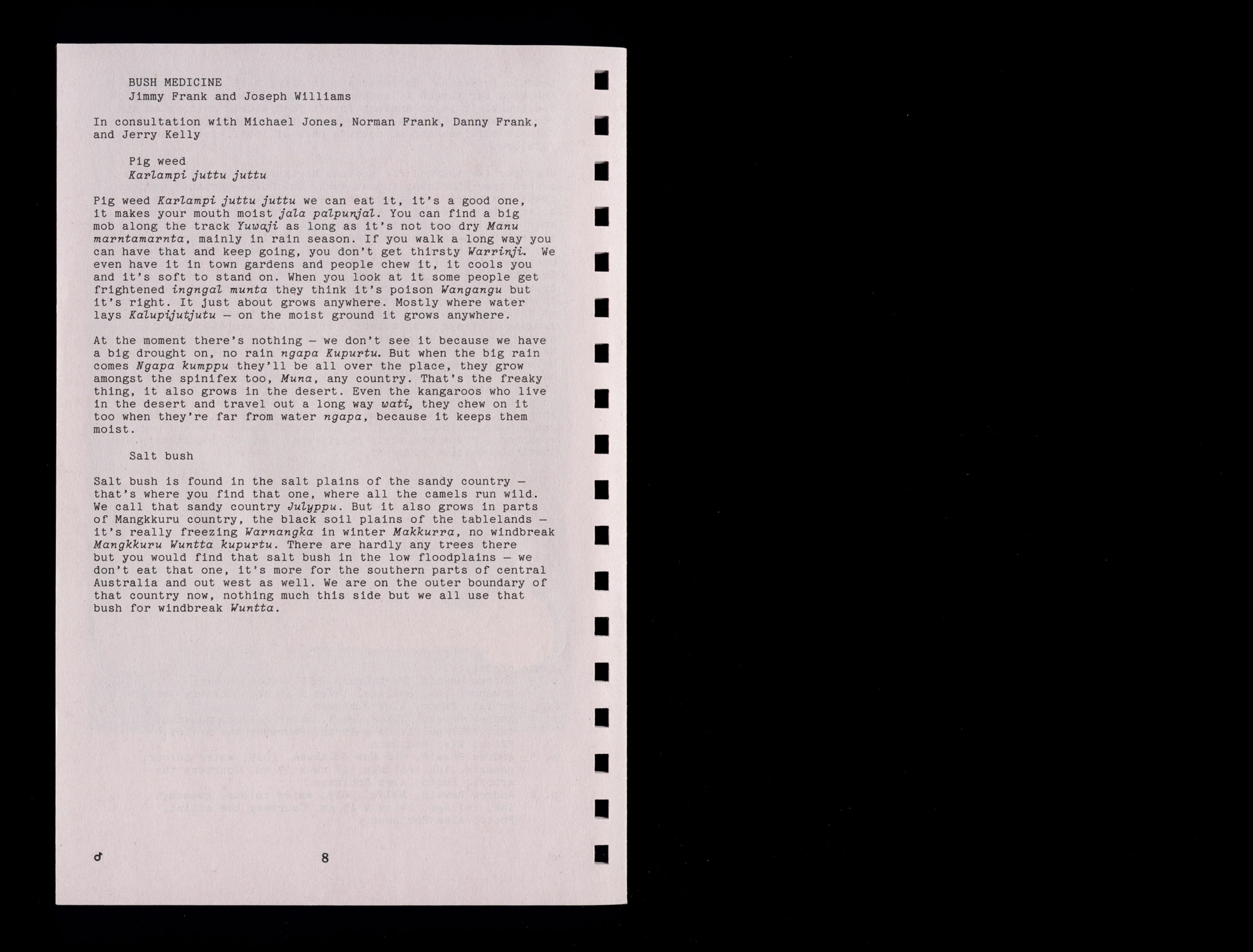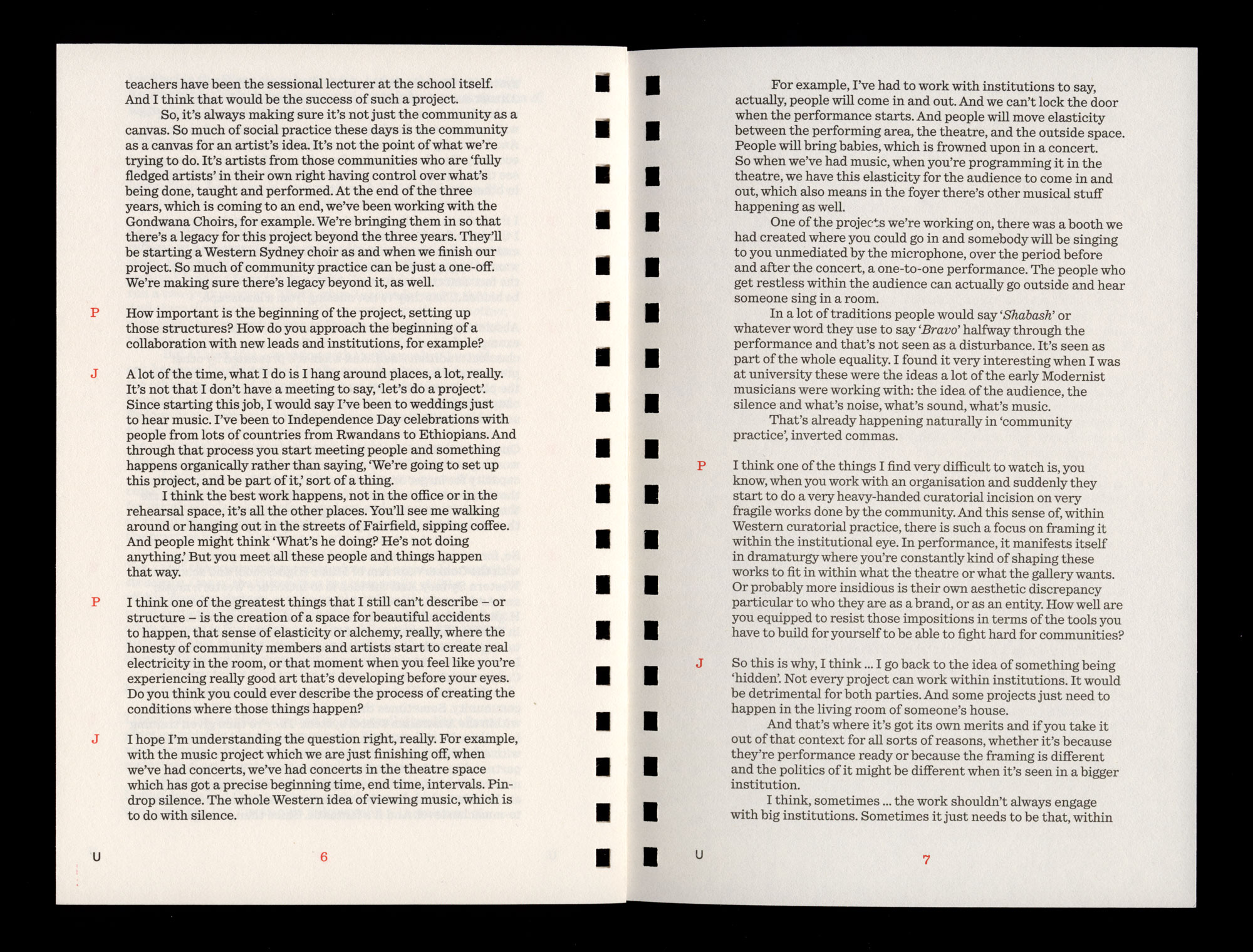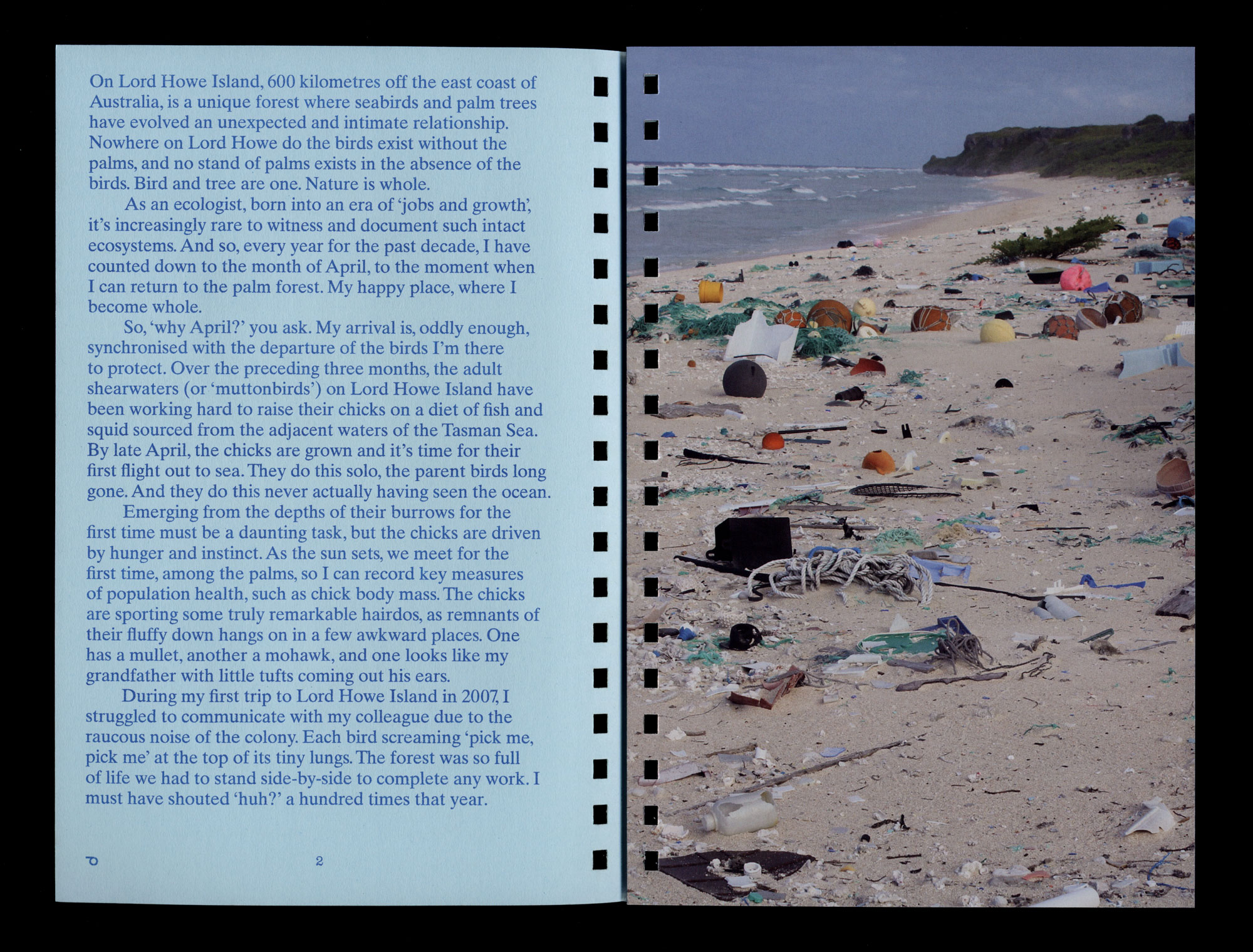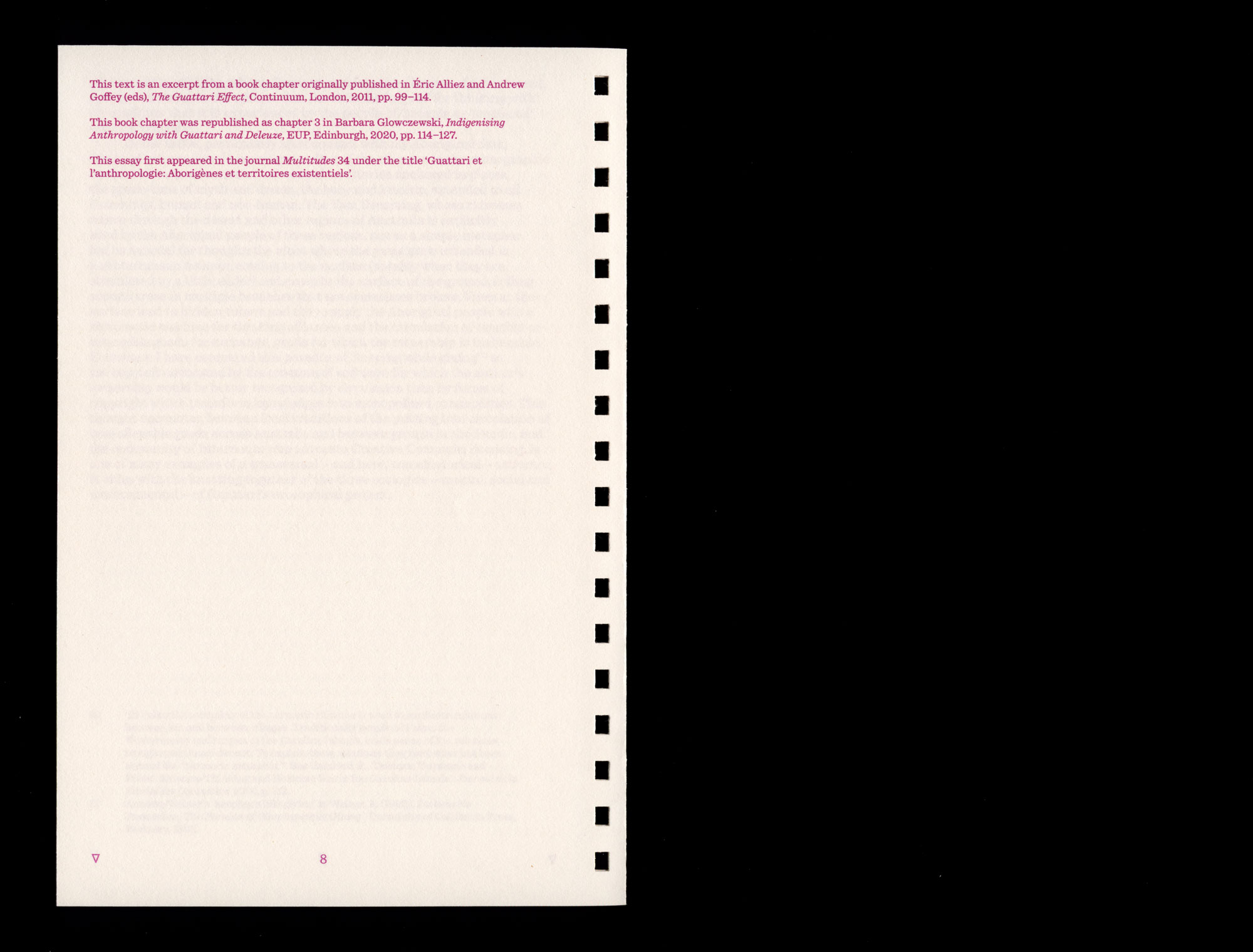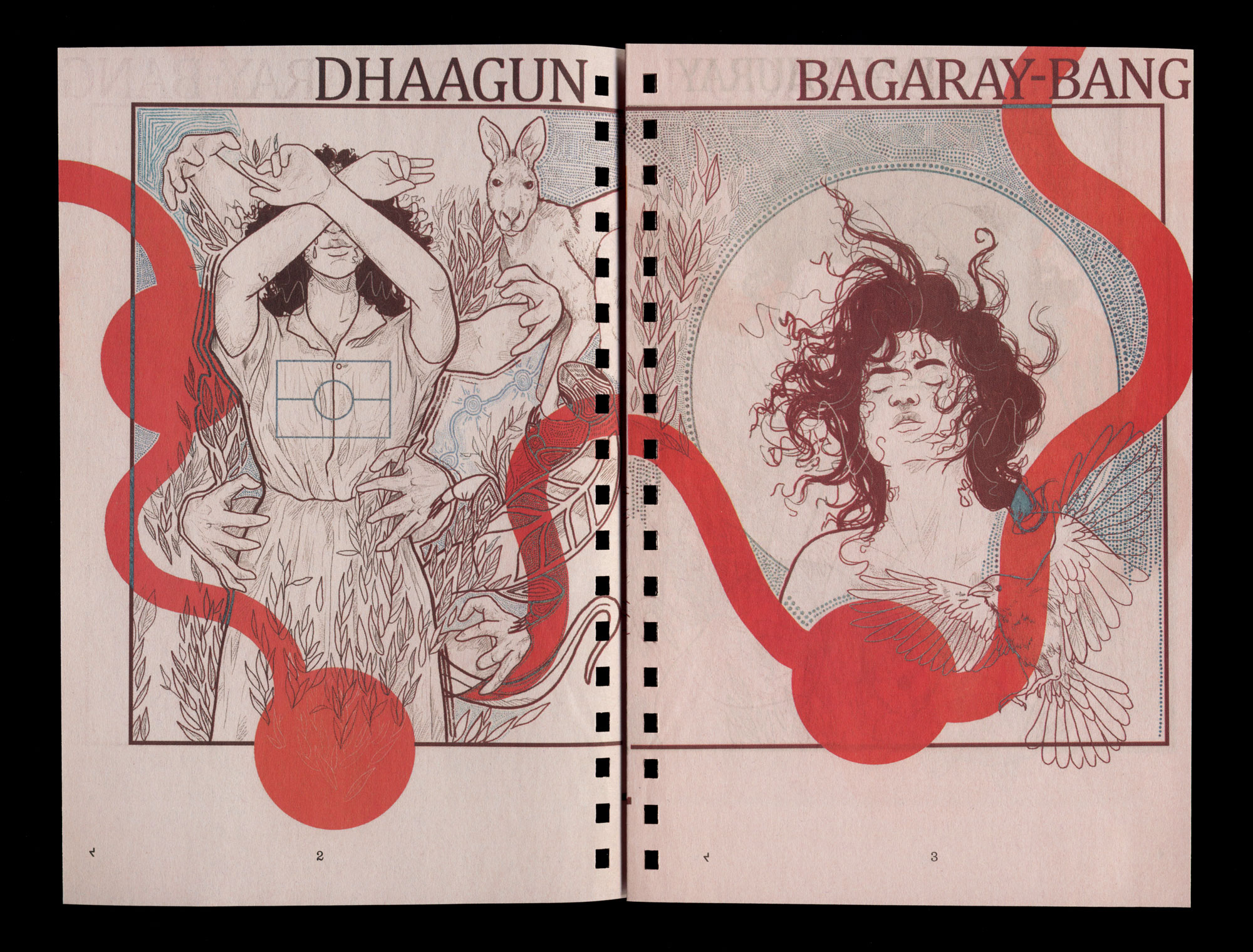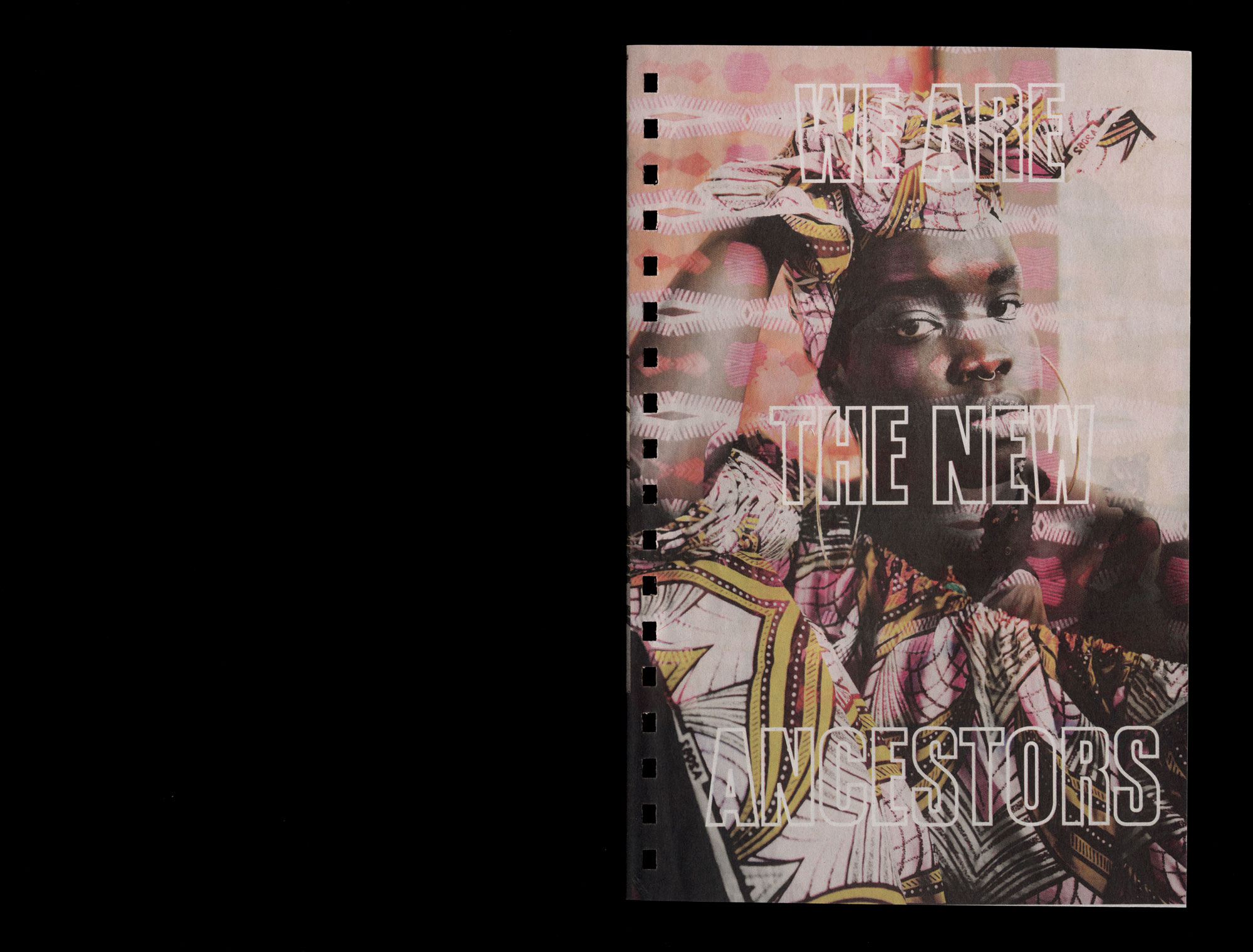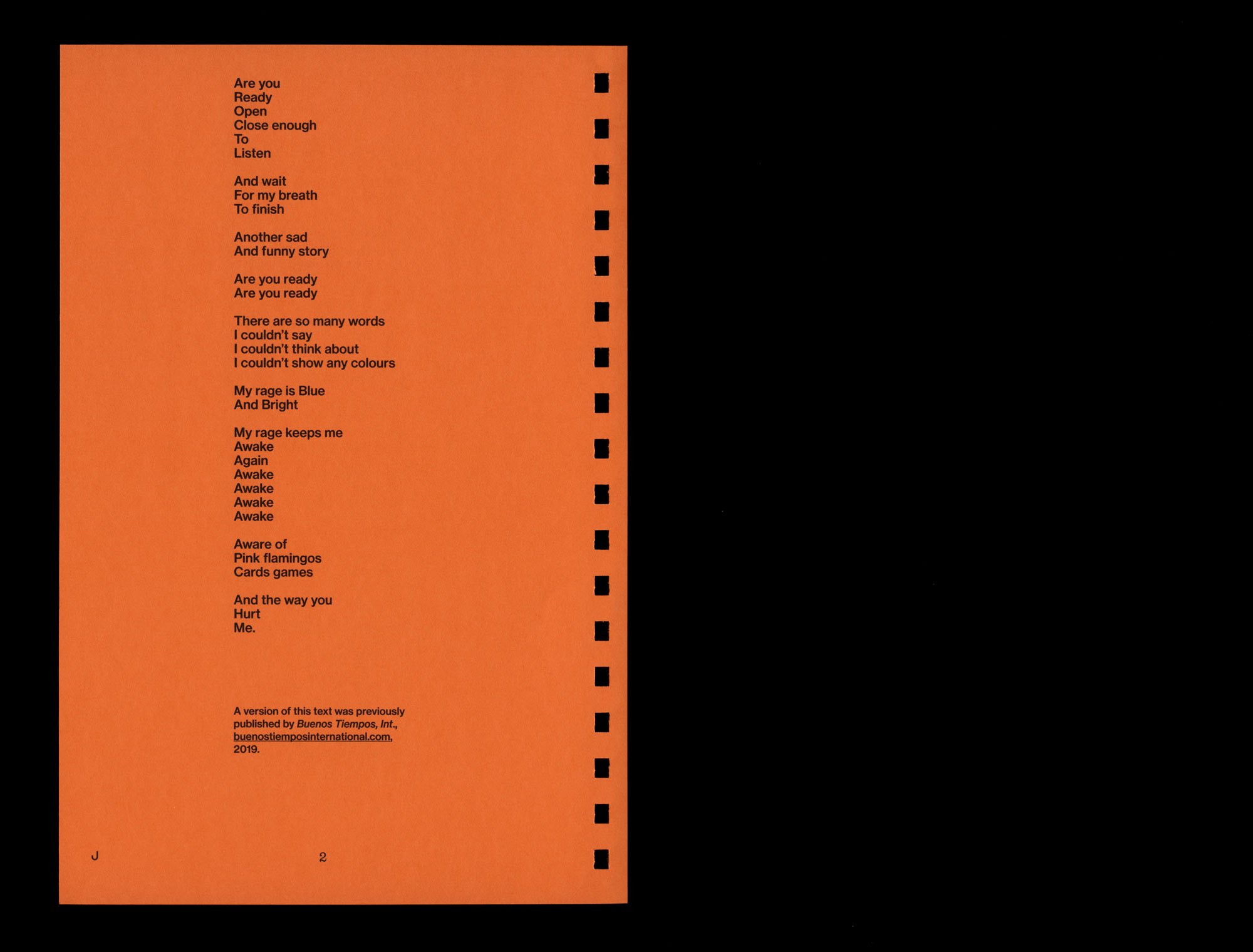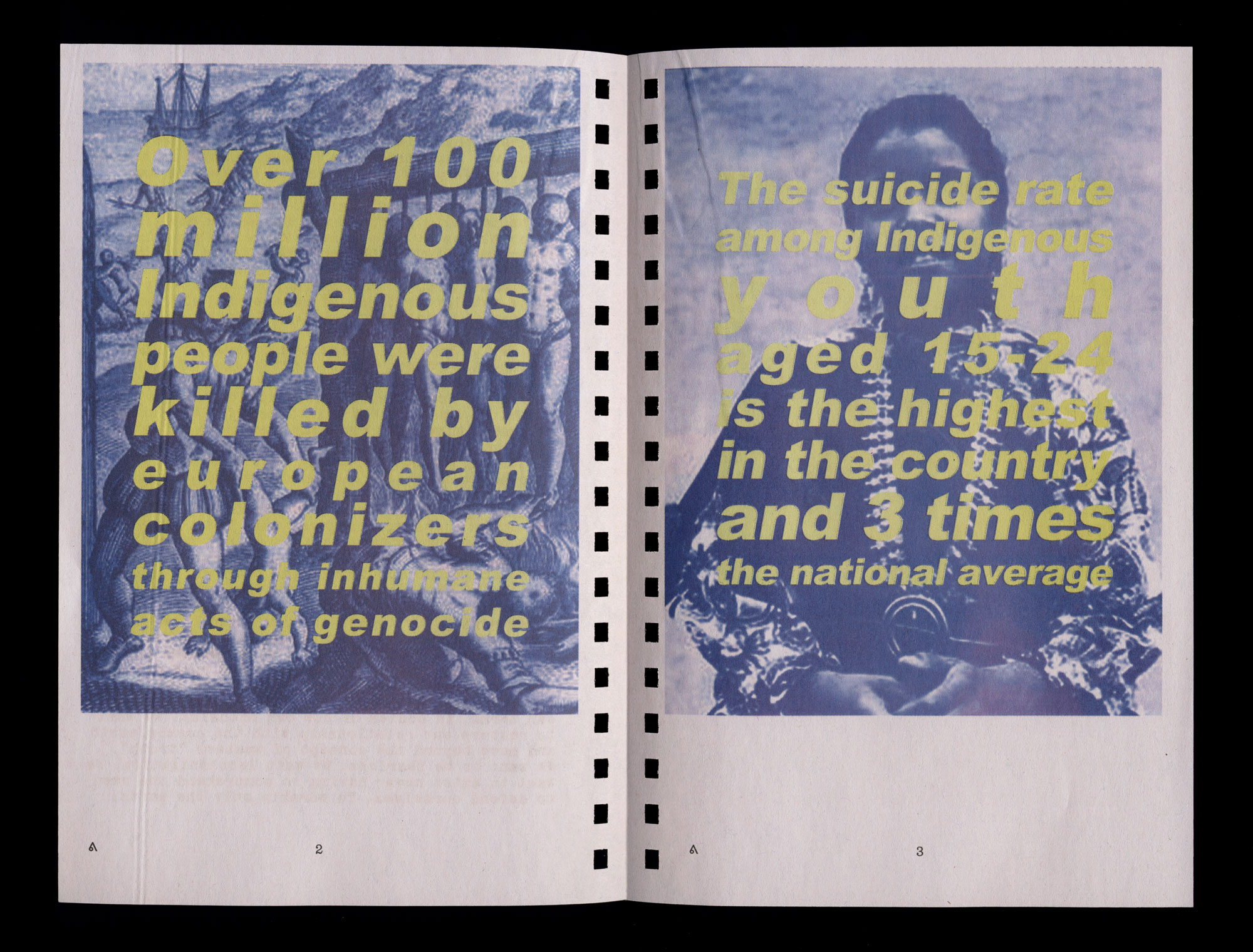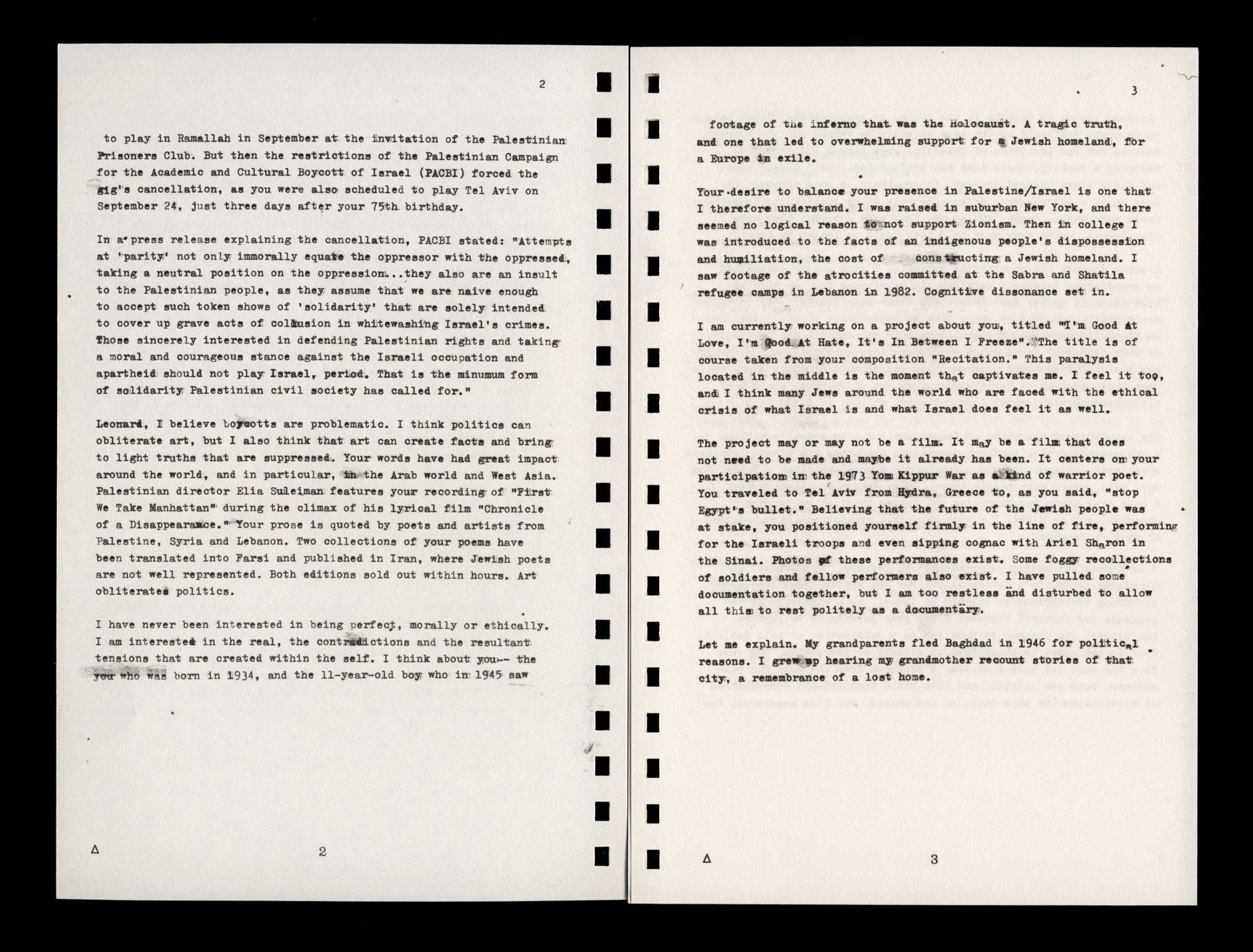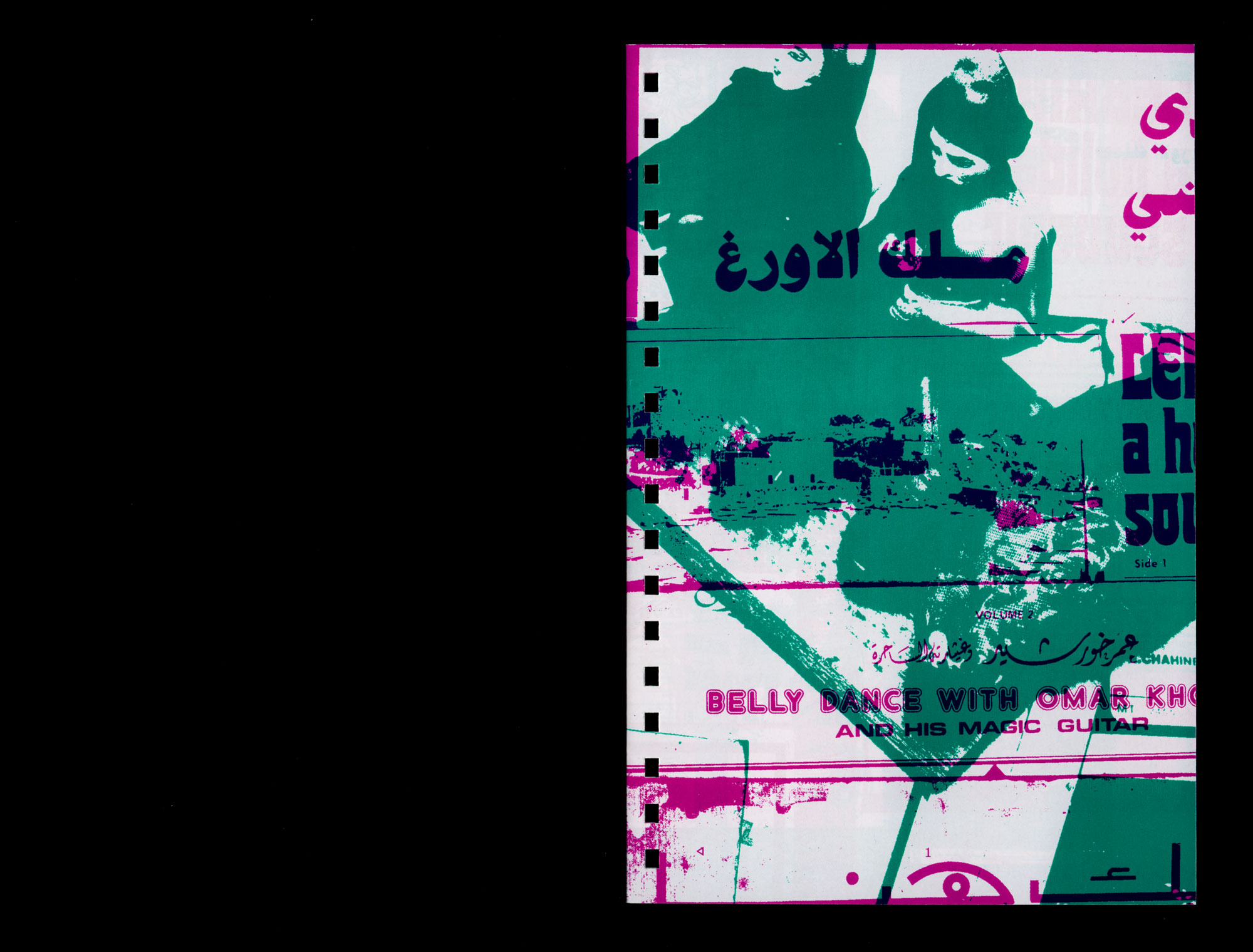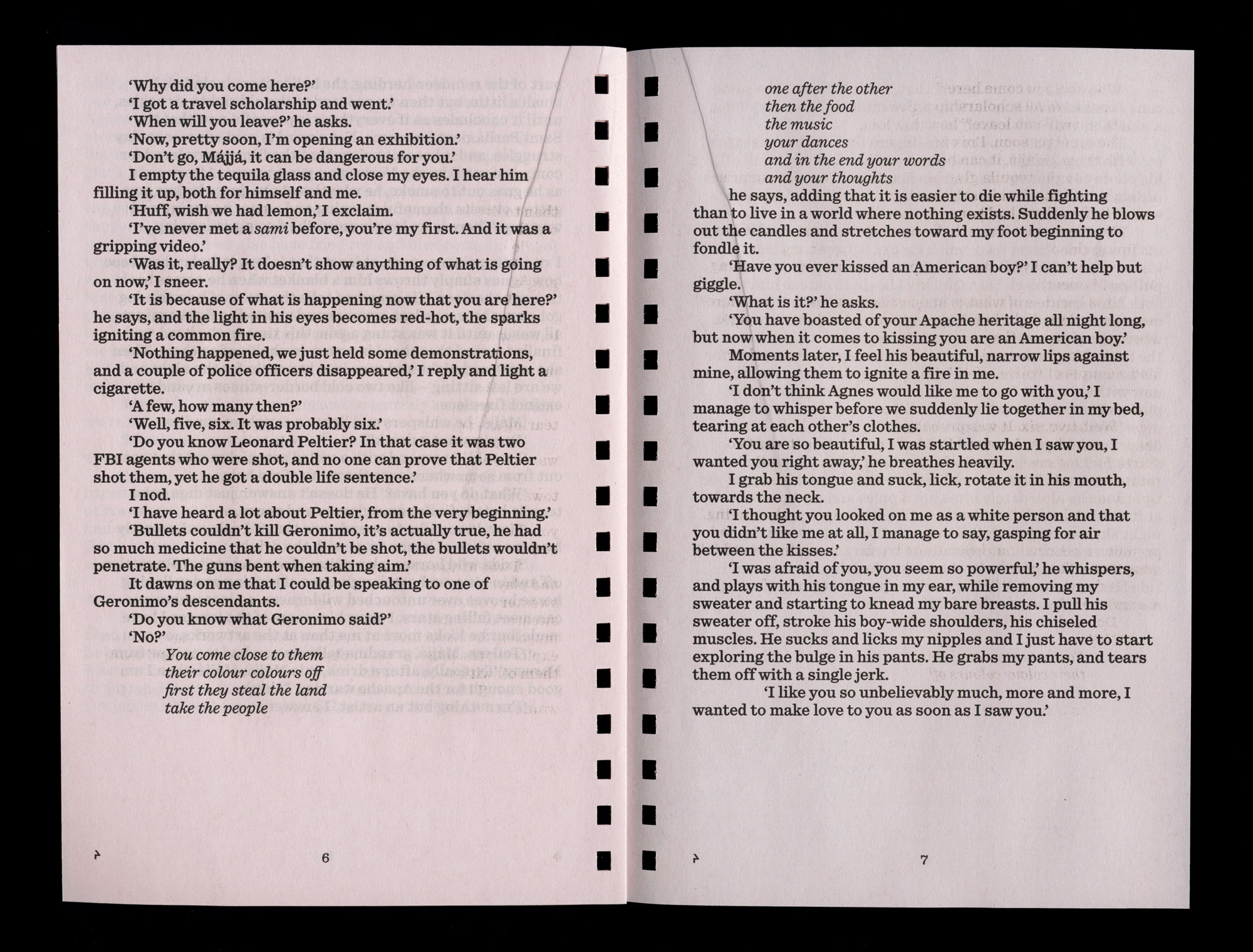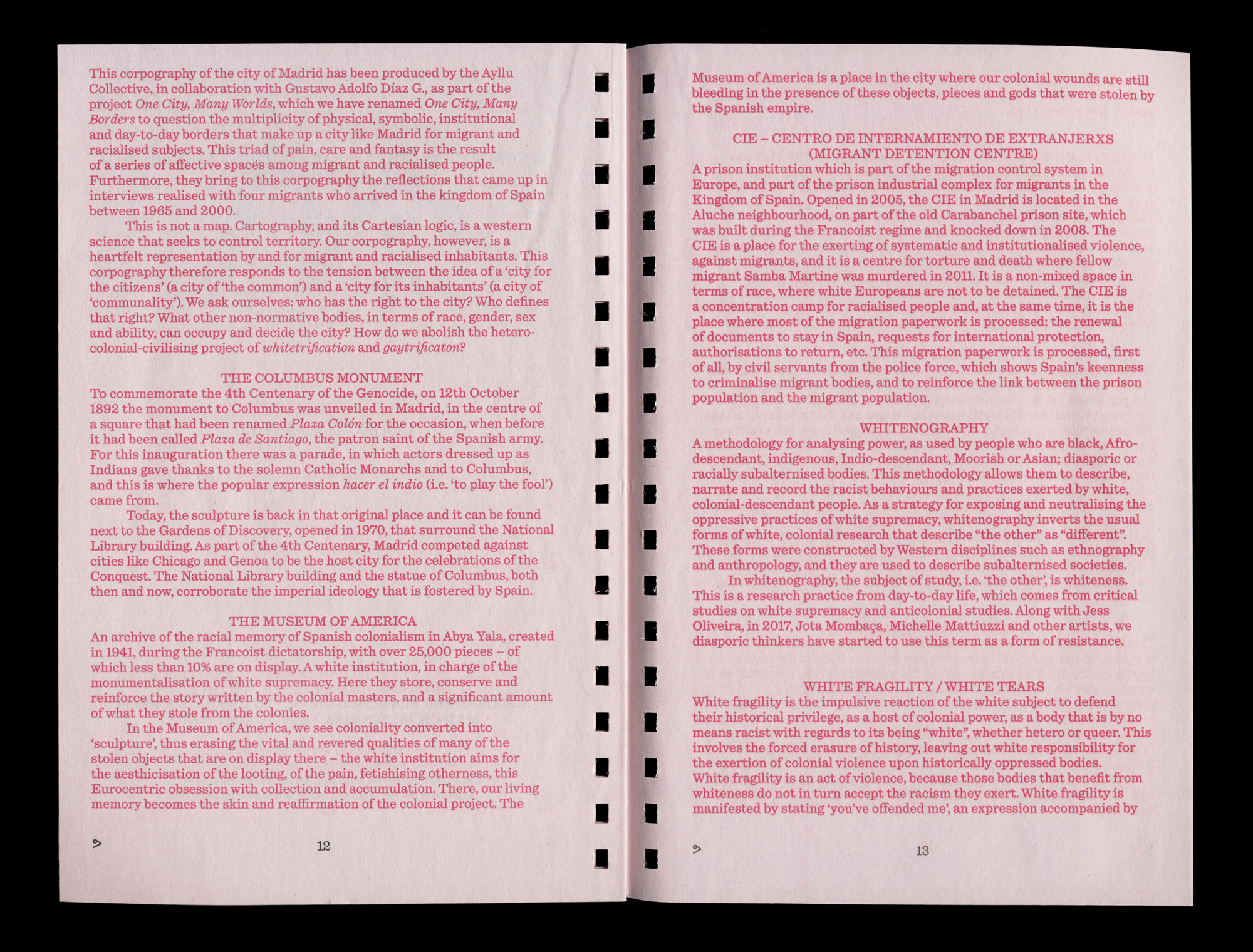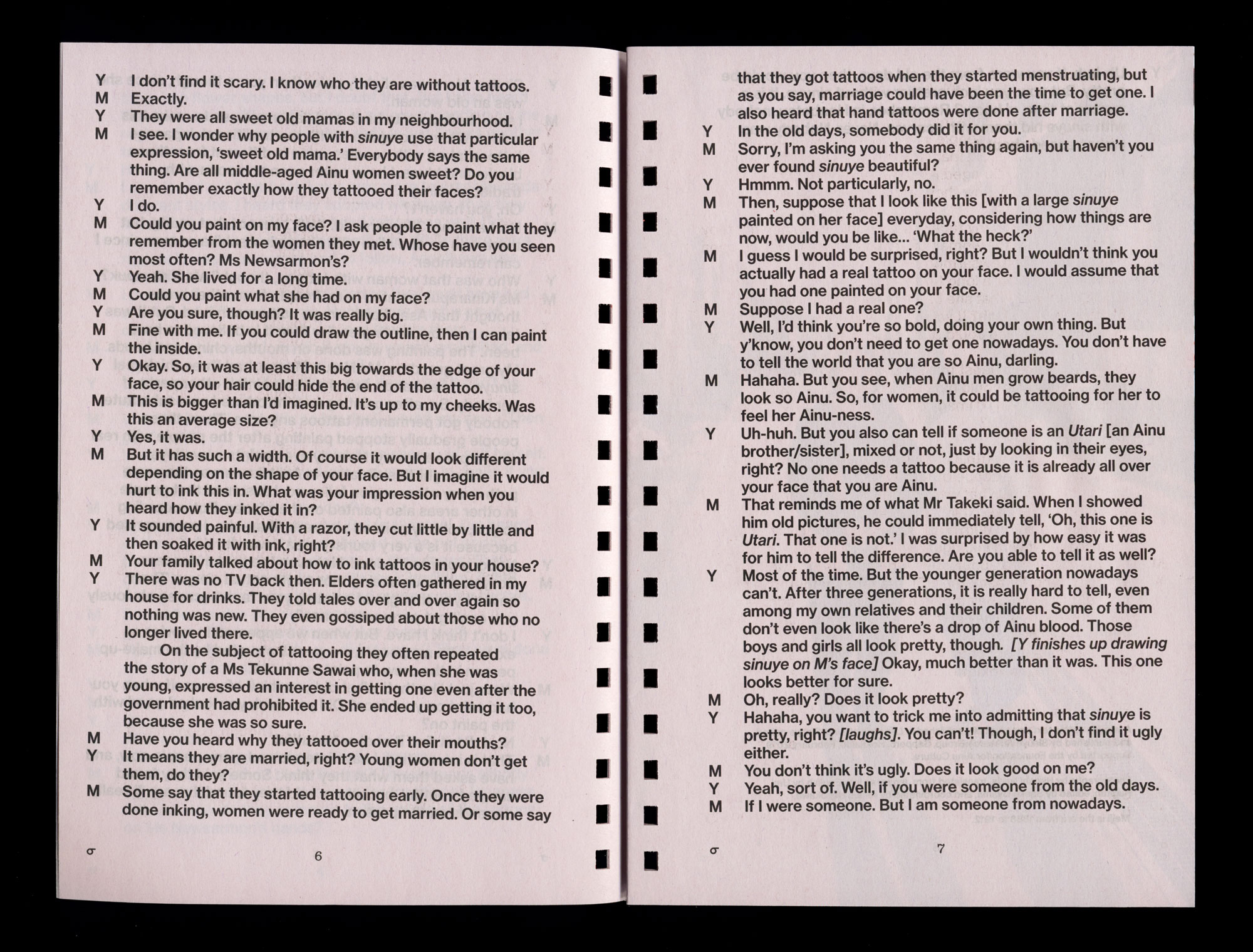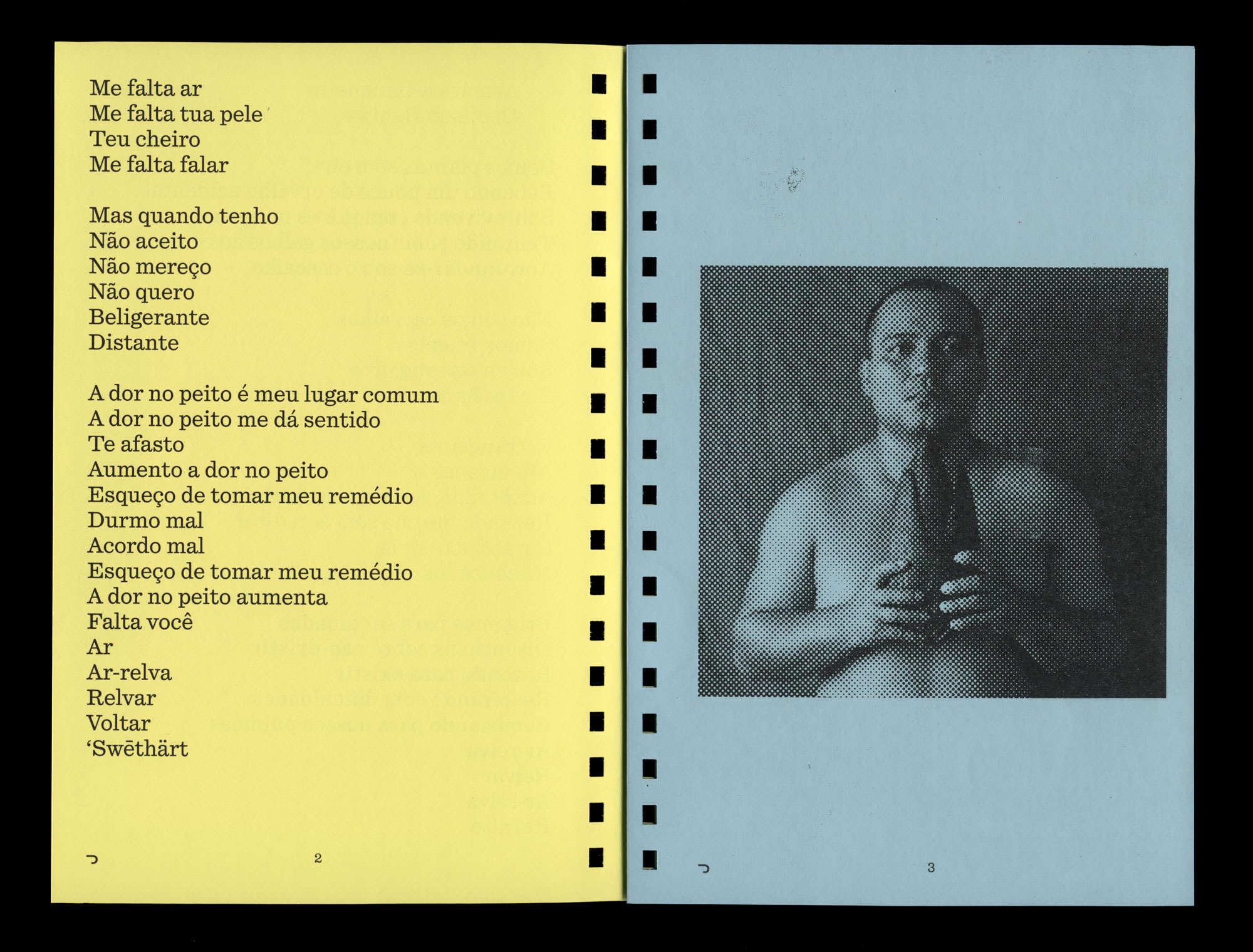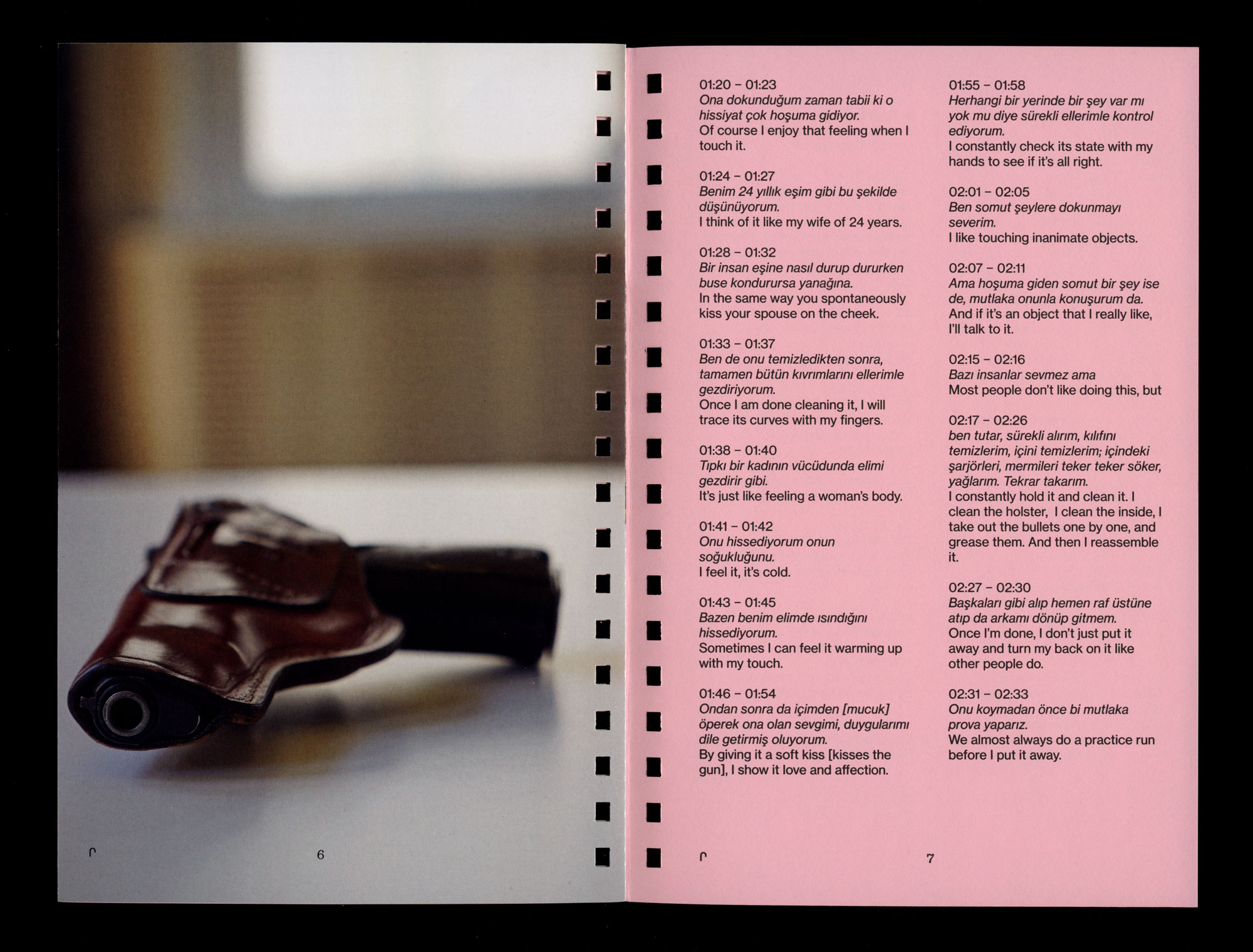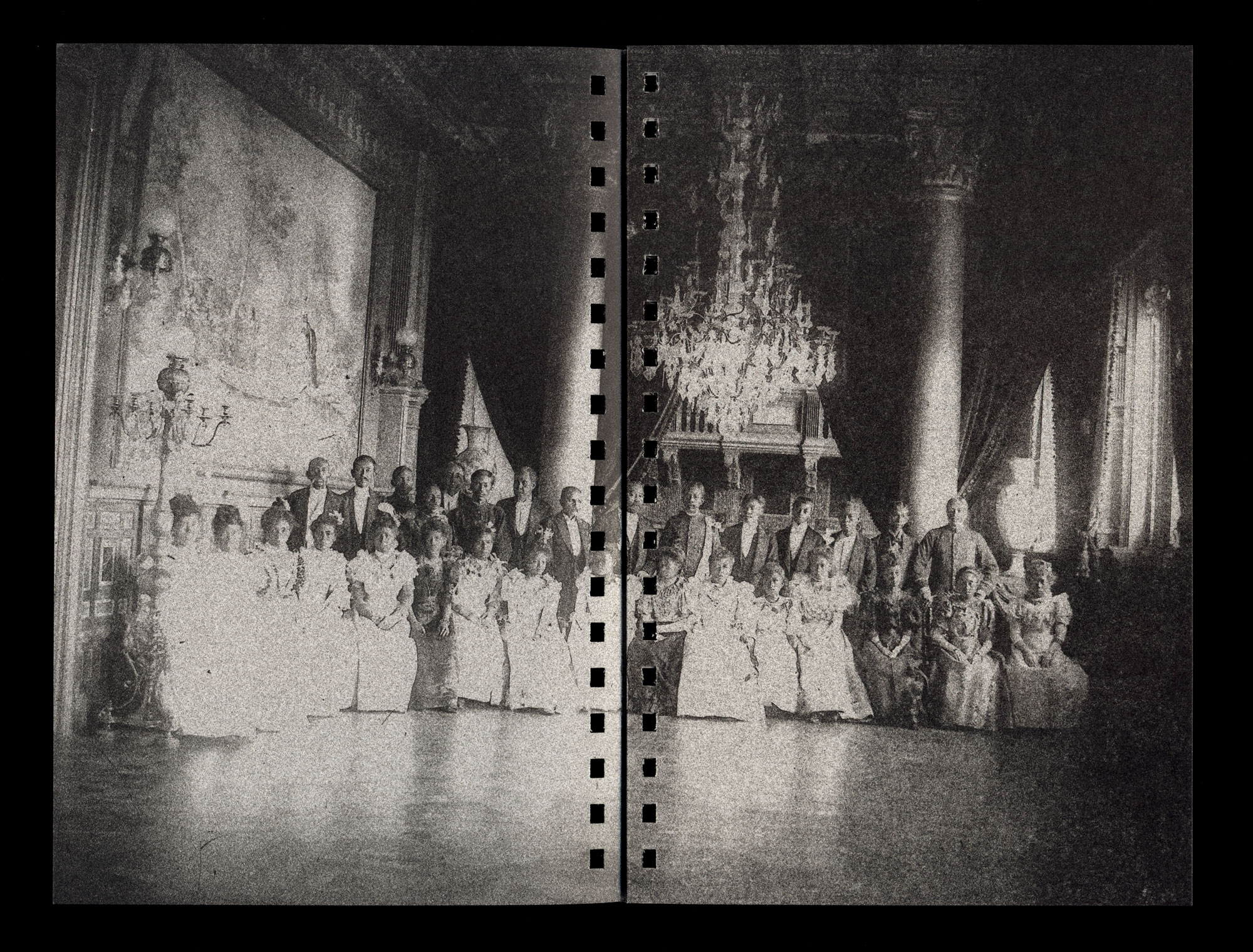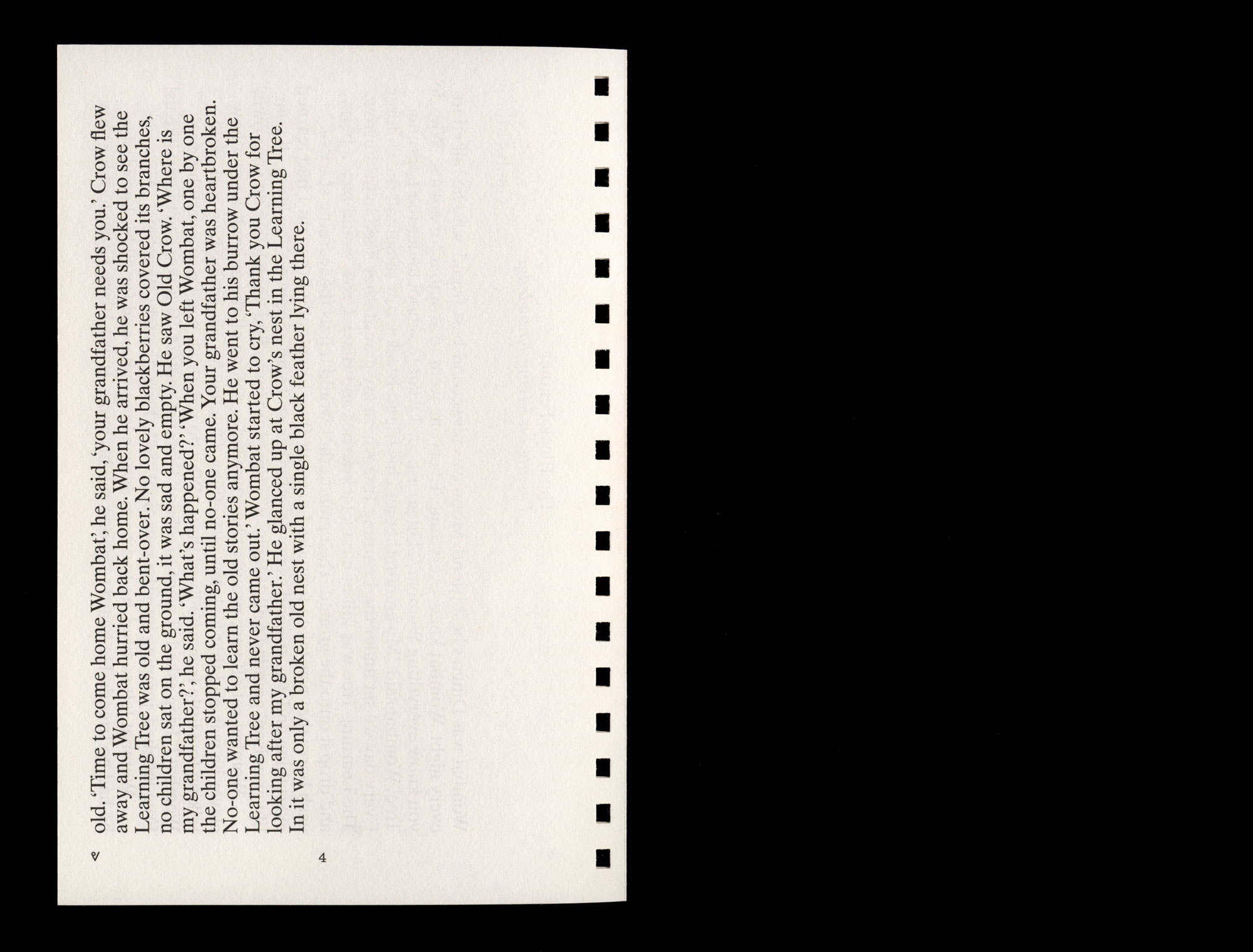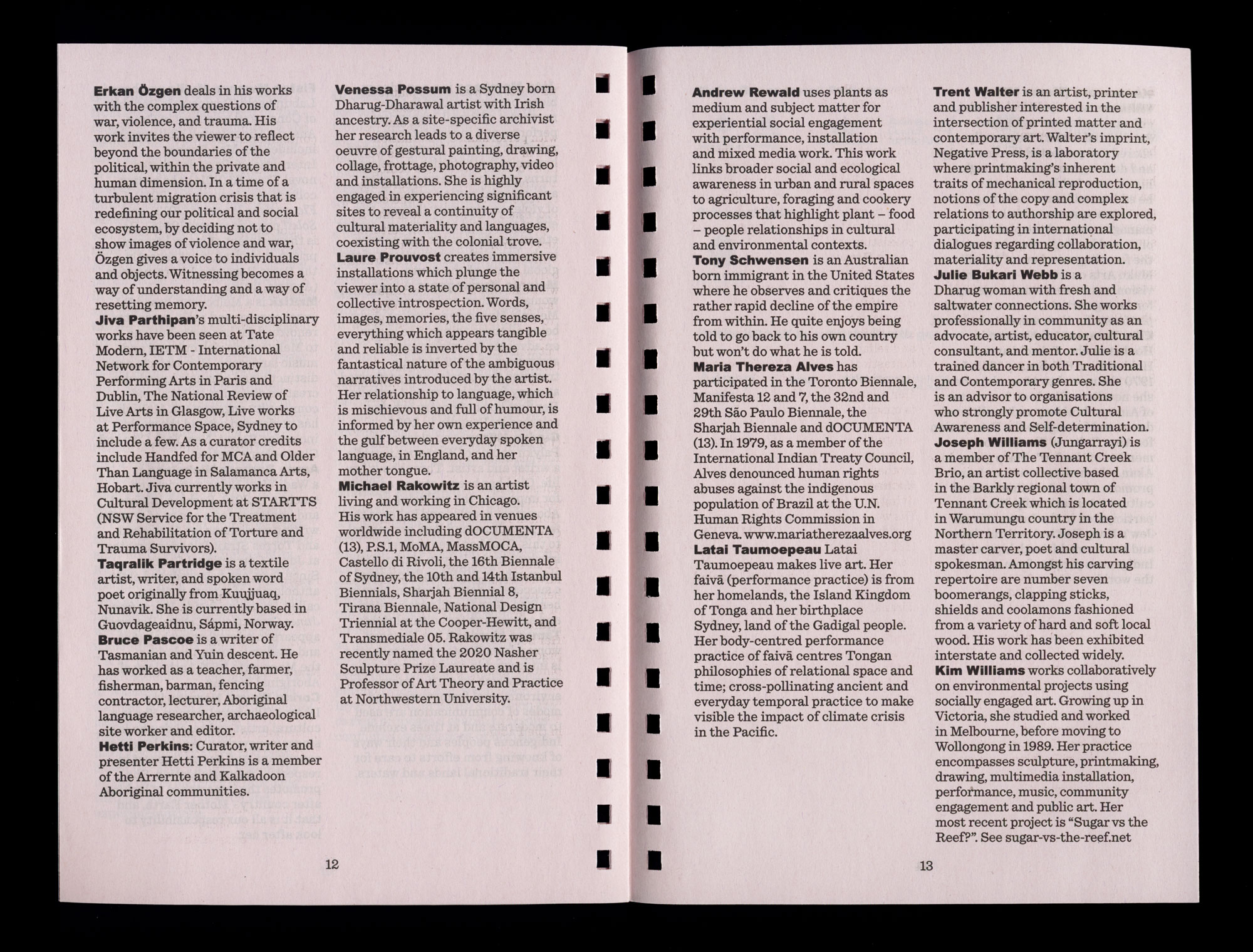Alex Aguirre, Francisco Godoy Vega, Maria Lucrecia Masson, Iki Yos Piña, and Leticia/Kimy Rojas
Esta traducción ha sido publicada previamente en el
número 9 de Re-visiones, 2019, www.re-visiones.net
Esta corpografía de la ciudad de Madrid ha sido producida por el colectivo Ayllu, en colaboración con Gustavo Adolfo Díaz G., dentro del proyecto Una ciudad, muchos mundos, el cual hemos renombrado como Una ciudad, muchas fronteras para interpelar la multiplicidad de fronteras físicas, simbólicas, institucionales y cotidianas que configuran una ciudad como Madrid para lxs sujetxs migrantes y racializadxs. Este triple-plano del dolor, el cuidado y la fantasía es el resultado de una serie de espacios de afecto entre personas migrantes y racializadxs. Además, aportan a esta corpografía las reflexiones que han surgido a partir de entrevistas realizadas a cuatro migrantes que llegaron al reino de España entre 1965 y el 2000.
Esto no es un mapa. La cartografía y su lógica cartesiana es una ciencia occidental que intenta controlar el territorio. Nuestra corpografía, en cambio, es una representación sentida de y para sus habitantes migrantes y racializadxs. Esta corpografía responde así a la tensión entre la idea de una ‘ciudad para lxs ciudadanxs’ (una ciudad de ‘lo común’) y una ‘ciudad para sus habitantes’ (una ciudad de ‘la comunalidad’). Nos preguntamos: ¿Quiénes tienen derecho a la ciudad? ¿Quiénes definen ese derecho? ¿Qué otrxs cuerpxs no normativos, en términos raciales, sexo-genéricos y de funcionalidad, pueden ocupar y decidir la ciudad? ¿Cómo abolir el proyecto hetero-colonial-civilizatorio de whitetrificación y gaytrificación?
MONUMENTO A COLÓN
Conmemorando el IV Centenario del Genocidio, el 12 de octubre de 1892 se inauguró el monumento a Colón de Madrid, ubicándose en el centro de la plaza renombrada para la ocasión como plaza Colón cuando antes se llamaba plaza de Santiago, el patrono del ejército español. Para dicha inauguración se organizó una cabalgata donde figurantes disfrazados de indios agradecían a unos solemnes Reyes Católicos y a Colón, de donde nacería la expresión popular «hacer el indio».
Actualmente la escultura ha vuelto a ese lugar original y se encuentra junto a los jardines de los Descubrimientos, inaugurados en 1970, que rodean al edificio de la Biblioteca Nacional. En el marco del IV Centenario, Madrid compitió con ciudades como Chicago y Génova para ser sede capital del festejo de la Conquista. El edificio de la Biblioteca Nacional y la estatua a Colón, entonces y ahora, corroboran la ideología imperial que promueve España.
MUSEO DE AMÉRICA
Repositorio de la memoria racial del colonialismo español en Abya Yala creado en 1941, durante el franquismo, y que conserva más de 25.000 piezas de las cuales no exhibe ni el 10%. White institution encargada de la monumentalización de la supremacía blanca. Allí se alberga, conserva y reactualiza el relato escrito por el amo y gran parte de su expolio colonial.
En el Museo de América se encuentra la colonialidad convertida en ‘escultura’, borrando la carga vital y de culto de muchos de los objetos robados y ahí expuestos; la institución blanca busca la estetización del saqueo, del dolor, la fetichización del otherness, la obsesión eurocéntrica por la colección y por la acumulación. Allí nuestra memoria viva se hace piel y reafirmación del proyecto colonial. El Museo de América es un lugar de la ciudad donde nuestra herida colonial sigue sangrando ante los objetos, piezas y dioses expoliados por el imperio español.
CIE - CENTRO DE INTERNAMIENTO DE EXTRANJERXS
Institución carcelaria que forma parte del sistema de control migratorio europeo y del complejo industrial de prisiones para migrantxs del Reino de España. Inaugurado el 2005, el CIE de Madrid se encuentra en el barrio de Aluche, ubicado en parte del terreno de la antigua cárcel de Carabanchel, prisión construida durante el régimen franquista, derribada el 2008. El CIE es un lugar de ejercicio de la violencia sistemática e institucionalizada a personas migrantes; centro de tortura y de muerte donde fue asesinada la compañera Samba Martine en 2011. Se trata de un espacio no mixto racial al que lxs euroblancxs les acomoda no entrar. El CIE es un campo de concentración para personas racializadas y, simultáneamente, es el lugar donde se realizan gran parte de los trámites migratorios: renovación de documentos para la estancia en España, solicitud de protección internacional, autorizaciones de retorno, etc. Estos trámites migratorios son gestionados, en primera instancia, por funcionarios policiales, lo que evidencia la pulsión criminalizadora de España hacia los cuerpos migrantes a la vez que afianza la vinculación entre población carcelaria y población migrante.
BLANCOLOGÍA (WHITENOGRAPHY)
Metodología de análisis del poder utilizada por personas negras, afrodescendientes, indígenas, indixdescendientes, moras y asiáticas, cuerpos diaspóricos o subalternizadas racialmente, que les permite describir, narrar y registrar el comportamiento y las prácticas racistas ejercidas por personas blancas colonodescendientes.En cuanto estrategia de visibilización y neutralización de las prácticas de opresión de la supremacía blanca, la blancología es una inversión de sentido a las formas de investigación blanco-colonial utilizadas para describir ‘lo otro’ como ‘lo diferente’, que han sido construidas por disciplinas occidentales como la etnografía y la antropología, utilizadas para describir sociedades subalternizadas.
Con la blancografía, el sujeto de estudio, ‘lo otro’, es la blanquitud. Esta es una práctica de investigación cotidiana que deriva de los estudios críticos sobre la supremacía blanca y los estudios anticoloniales. Junto a Jess Oliveira, en el 2017, Jota Mombaça, Michelle Mattiuzzi y otrxs artistas, pensadorxs de la diáspora hemos comenzado a utilizar este término como práctica de resistencia.
FRAGILIDAD BLANCA/LÁGRIMAS BLANCAS
(WHITE FRAGILITY/WHITE TEARS)
La fragilidad blanca es la reacción impulsiva del sujeto blanco para defender su privilegio histórico, en cuanto lugar de poder colonial, como un cuerpo que de ninguna manera es racista en cuanto ‘blancx’, sea éste hetero o queer. Esto implica hacer un borrado de la historia, obviando la responsabilidad blanca en el ejercicio de la violencia colonial sobre cuerpos históricamente oprimidos.
La fragilidad blanca es un ejercicio de violencia, porque los cuerpos beneficiados de la blanquitud no aceptan el racismo que ejercen. La fragilidad blanca se manifiesta a través del “me has ofendido”, expresión que va acompañada de ‘lágrimas blancas’ y el intento de colocar opresiones vividas por la persona blanca en el centro, desdibujando las estructuras político-sociales que le arropan y protegen.
INSTITUCIÓN BLANCA
La modernidad europea fundó, a partir del siglo XVI, una serie de instituciones globales de control. Estas instituciones iban de la cárcel al museo, pasando por el hospital y otras instituciones del Estado-nación. Todas ellas han intentado promover la construcción de la normalidad del cuerpo y la autoridad de qué cuerpos pueden dirigir dichas instituciones. Esas instituciones son blancas en la medida que encarnan la supremacía blanca-europea y, con ello, han promovido, entre otras cosas, la experimentación médica con cuerpos no-blancos, la esclavitud y el encarcelamiento de cuerpos no blancos. Las instituciones blancas son dirigidas y operadas por burócratas blancas, y los cuerpos no blancos sólo cumplen una cuota de objeto de experimentación, exhibición y exotización. Las instituciones blanco-europeas tienen la responsabilidad de poner en cuestión sus estructuras racistas.
WHITEXPLANNING
Whitexplanning o la posiblidad, siempre blanca, de explicar el mundo respecto de lxs cuerpos y vivencias de personas migrantes y racializadxs. Es la voz blanca que parte de opinar de sí misma que tiene todas las respuestas, que su palabra es conocimiento legítimo y es menester sea escuchada. A partir del whitexplanning, lxs colonodescendientes producen verdad sobre nuestras vidas. Tal como el feminismo habla de manexplanning para dar cuenta de la pulsión explicadora de los varones cis sobre mujerxs y cuerpos trans, el ejercicio de whitexplanning consiste en la posibilidad y deseo de explicar las vidas subalternizadas de la blanquitud, así como estudiarlas, escudriñarlas y generar verdad y conocimiento que no puede sino ser funcional al sostenimiento de la supremacía blanca. Desde aquí, motivadxs ellxs por el impulso descubridor del que son herederdxs, hacen tesis, proyectos de arte y publican libros sobre los cuerpos y territorios del sur global. Este concepto puede trasladarse también a cis-whitexplanning, queer-whitexplanning y otras derivas de la radicalidad euroblanca.
DESEOS INDESEABLES
Se trata de la no apetencia o gusto por algo o alguien en función a su desajuste con el cuerpo cis-hetero-blanco-delgado del deseo hegemónico. Esto se basa en la venta diaria del imaginario construido de cuáles son los cánones ideales de la belleza, basados en un modelo heterocentrista, racista y capacitista de lo estético. ¿Qué es lo bello? ¿Qué nos venden como bello? ¿Qué hace a un cuerpo deseable e indeseable según el mercado y el imaginario social racista heterocentrado? Tomando en cuenta que el mercado divide los cuerpos para su consumo, según el lugar de procedencia, identidad de género y/o color de piel, éste designa a cada unx lo que debe hacer, dónde cabe o no cabe, o que cuerpos pueden desearse, o no.
¿Y qué pasa con un cuerpo trans no-blanco? ¿Un cuerpo negrx o indix trans, es deseable? ¿Y para qué y en qué contexto? Como dice Nayare Montes en su poema ‘Usted, bailaría conmigo’: ¿Usted se casaría conmigo?
TRANS-MISOGI-NOIR
Práctica de opresión sobre personas trans negras. Es una opresión que da cuenta de la intersección entre género y negritud, la trans-misogi-noir.
Esta práctica activa el odio histórico a los cuerpos no heteronormativos, el odio a las feminidades, o a los cuerpos diagnosticados como femeninos, y el odio/desprecio a los cuerpos negros, marrones y alejados del whitepassing.
La transmisoginoir deja en evidencia la interrelación inseparable de las opresiones que vive un cuerpo no-blanco y trans.
GAYTRIFICACIÓN
En el llamado ‘postfordismo’ -sistema laboral del capitalismo cognitivo que supone reemplazar al antiguo sistema de la fábrica- se generó la llamada gentrificación. Con ello, la teoría urbana quiso identificar el proceso a través del cual ciertos barrios deteriorados de las ciudades se comienzan a poblar de una población de mayores ingresos económicos que la que antes ahí habitaba, desplazándola del barrio. Sin embargo, este concepto no da cuenta de otros cruces que superan esa exclusividad económica: Gay is the new straigth. Gay is white. La cultura del capitalismo rosa ha hecho así que muchas de esas gentrificaciones -que siempre son producidas por personas blancas- sean producidas por varones gays blancos que replican las formas de vida de la burguesía blanca occidental.
ANSIEDAD RACIAL (RACIAL ANXIETY)
Sentimiento de riesgo de las personas no-blancas frente a la interacción con personas blancas-colonodescendientes y el aparataje institucional que soporta la supremacía blanca. La ansiedad racial se basa en que la subjetividad de las personas no-blancas está construida sobre la herencia del miedo generado por el genocidio colonial.
Los cuerpos migrantes son herederos de la memoria del dolor ante el acecho histórico a sus cuerpos en cuanto explotables. Se trata del trauma de la esclavitud y del proyecto de matanza a pueblos originarios que es activada constantemente por medio de los dispositivos moderno-coloniales que siguen controlando/exterminando a los cuerpos no-blancos y migrantes: leyes de extranjería, cárceles para migrantes y redadas por perfil racial, entre otras.
Esta ansiedad racial también se manifiesta en las relaciones cotidianas con personas blancas y eurodescendientes, en las relaciones sociales, laborales y afectivo-sexual. No existen interacciones con personas e instituciones blancas sin el ejercicio de la violencia colonial y la reproducción de prácticas sistemáticas de disciplina racial: esto no es más que la técnica de dominio y gobernanza —colonial— sobre los cuerpos no-blancos y migrantes.
MIGRANTOFOBIA
Rechazo a las personas provenientes del Sur Global, especialmente a aquellas no blancas. Las personas migrantes somos sometidas a leyes colonialistas y heterocéntricas impuestas que obstaculizan la movilización y pronta regularización. Si nos fijamos en la diferencia entre ‘migrantxs’ y ‘extranjerxs’, es evidente como las últimas son consideradas personas que en su mayoría vienen desde la misma Europa a hacer turismo y gastar los ahorros del año. Una manera de expresar la migrantofobia, también, es crear nichos de trabajo precario y sumergido para las personas migrantes, así como las redadas racistas que se dan en el día a día al salir del metro de Madrid.
REDADAS RACISTAS
Persecusión policial a personas no blancas. Se trata de otro de los mecanismos de terror en el espacio público que se ejerce a partir de la racialización y que controla policialmente a los cuerpos no-blancos mientras da la posibilidad de libre circulación a las personas europeas blancas. Se trata de una política sistemática de persecución y criminalización de las personas migrantes y racializadas, aun siendo ‘españolas’ nacidas aquí. En el fondo, es una estrategia de limpieza racial de la ciudad para que ésta sea vivida y disfrutada por la supremacía blanca.
DEPORTACIONES MASIVAS
Política de expulsión colectiva de los cuerpos que no pertenecemos a Europa. Se trata de la identificación racial de los cuerpos irregularizados y criminalizados por el Reino de España. Las deportaciones masivas son denominadas por las autoridades españolas como ‘Operaciones de Retorno Conjunto’. Son el proceso en el cual son deportadas de manera forzada grandes grupos de personas migrantes. Por lo general los operativos de deportación masiva son organizados por la agencia para el control de fronteras de la Unión Europea, FRONTEX. La modalidad de estos vuelos impide que la persona migrante ponga resistencia, ya que se dan de manera absolutamente privada, siendo los únicos presentes las personas migrantes deportadas, la policía, los agentes de FRONTEX y los tripulantes de vuelo.
SOSTENEDORXS DE LA VIDA
Las tareas de cuidado y sostenimiento de la vida, trabajos generalmente invisibilizados y entendidos como reproductivos y de menor importancia para las sociedades moderno-coloniales, son generalmente realizados por personas migrantes o racializadas. De pequeñxs, adultxs o viejxs, todxs lxs euroblancxs en algún momento de sus vidas y en infinitas circunstancias, se apoyarán en ellxs. Estxs sostenedorxs de la vida pululan por ciudades como Madrid haciéndola posible. Van desde lxs mujerxs, y no solo mujerxs, que dejan sus niñxs y viejxs para venir a cuidar lxs niñxs y viejxs de europa, a los vientres alquilados en el sur global que darán hijxs a ciudadanxs pudientes, pasando por lxs trabajadorxs sexuales que gestionan diariamente la economía de la libido europea y lxs asistentes personales que garantizan vida independiente, por nombrar solo algunas situaciones. España, con su amnesia colonial y en su descarada insolencia, olvida quien le cambia los pañales.
Ayllu Collective
Alex Aguirre, Francisco Godoy Vega, Maria Lucrecia Masson, Iki Yos Piña, and Leticia/Kimy Rojas
This text and translation were previously published in
number 9, Re-visiones, 2019, www.re-visiones.net
15 BASIC CONCEPTS SO THAT A WHITE EUROPEAN
MIGHT CONSIDER REPARATIONS
This corpography of the city of Madrid has been produced by the Ayllu Collective, in collaboration with Gustavo Adolfo Díaz G., as part of the project One City, Many Worlds, which we have renamed One City, Many Borders to question the multiplicity of physical, symbolic, institutional and day-to-day borders that make up a city like Madrid for migrant and racialised subjects. This triad of pain, care and fantasy is the result of a series of affective spaces among migrant and racialised people. Furthermore, they bring to this corpography the reflections that came up in interviews realised with four migrants who arrived in the kingdom of Spain between 1965 and 2000.
This is not a map. Cartography, and its Cartesian logic, is a western science that seeks to control territory. Our corpography, however, is a heartfelt representation by and for migrant and racialised inhabitants. This corpography therefore responds to the tension between the idea of a ‘city for the citizens’ (a city of ‘the common’) and a ‘city for its inhabitants’ (a city of ‘communality’). We ask ourselves: who has the right to the city? Who defines that right? What other non-normative bodies, in terms of race, gender, sex and ability, can occupy and decide the city? How do we abolish the hetero-colonial-civilising project of whitetrification and gaytrificaton?
THE COLUMBUS MONUMENT
To commemorate the 4th Centenary of the Genocide, on 12th October 1892 the monument to Columbus was unveiled in Madrid, in the centre of a square that had been renamed Plaza Colón for the occasion, when before it had been called Plaza de Santiago, the patron saint of the Spanish army. For this inauguration there was a parade, in which actors dressed up as Indians gave thanks to the solemn Catholic Monarchs and to Columbus, and this is where the popular expression hacer el indio (i.e. ‘to play the fool’) came from.
Today, the sculpture is back in that original place and it can be found next to the Gardens of Discovery, opened in 1970, that surround the National Library building. As part of the 4th Centenary, Madrid competed against cities like Chicago and Genoa to be the host city for the celebrations of the Conquest. The National Library building and the statue of Columbus, both then and now, corroborate the imperial ideology that is fostered by Spain.
THE MUSEUM OF AMERICA
An archive of the racial memory of Spanish colonialism in Abya Yala, created in 1941, during the Francoist dictatorship, with over 25,000 pieces – of which less than 10% are on display. A white institution, in charge of the monumentalisation of white supremacy. Here they store, conserve and reinforce the story written by the colonial masters, and a significant amount of what they stole from the colonies.
In the Museum of America, we see coloniality converted into ‘sculpture’, thus erasing the vital and revered qualities of many of the stolen objects that are on display there – the white institution aims for the aesthicisation of the looting, of the pain, fetishising otherness, this Eurocentric obsession with collection and accumulation. There, our living memory becomes the skin and reaffirmation of the colonial project. The Museum of America is a place in the city where our colonial wounds are still bleeding in the presence of these objects, pieces and gods that were stolen by the Spanish empire.
CIE – CENTRO DE INTERNAMIENTO DE EXTRANJERXS
(MIGRANT DETENTION CENTRE)
A prison institution which is part of the migration control system in Europe, and part of the prison industrial complex for migrants in the Kingdom of Spain. Opened in 2005, the CIE in Madrid is located in the Aluche neighbourhood, on part of the old Carabanchel prison site, which was built during the Francoist regime and knocked down in 2008. The CIE is a place for the exerting of systematic and institutionalised violence, against migrants, and it is a centre for torture and death where fellow migrant Samba Martine was murdered in 2011. It is a non-mixed space in terms of race, where white Europeans are not to be detained. The CIE is a concentration camp for racialised people and, at the same time, it is the place where most of the migration paperwork is processed: the renewal of documents to stay in Spain, requests for international protection, authorisations to return, etc. This migration paperwork is processed, first of all, by civil servants from the police force, which shows Spain’s keenness to criminalise migrant bodies, and to reinforce the link between the prison population and the migrant population.
WHITENOGRAPHY
A methodology for analysing power, as used by people who are black, Afro- descendant, indigenous, Indio-descendant, Moorish or Asian; diasporic or racially subalternised bodies. This methodology allows them to describe, narrate and record the racist behaviours and practices exerted by white, colonial-descendant people. As a strategy for exposing and neutralising the oppressive practices of white supremacy, whitenography inverts the usual forms of white, colonial research that describe “the other” as “different”. These forms were constructed by Western disciplines such as ethnography and anthropology, and they are used to describe subalternised societies.
In whitenography, the subject of study, i.e. ‘the other’, is whiteness. This is a research practice from day-to-day life, which comes from critical studies on white supremacy and anticolonial studies. Along with Jess Oliveira, in 2017, Jota Mombaça, Michelle Mattiuzzi and other artists, we diasporic thinkers have started to use this term as a form of resistance.
WHITE FRAGILITY / WHITE TEARS
White fragility is the impulsive reaction of the white subject to defend their historical privilege, as a host of colonial power, as a body that is by no means racist with regards to its being “white”, whether hetero or queer. This involves the forced erasure of history, leaving out white responsibility for the exertion of colonial violence upon historically oppressed bodies.
White fragility is an act of violence, because those bodies that benefit from whiteness do not in turn accept the racism they exert. White fragility is manifested by stating ‘you’ve offended me’, an expression accompanied by ‘white tears’, and the attempt to place the oppressions experienced by the white person at the centre, overlooking the sociopolitical structures that shelter and protect them.
WHITE INSTITUTION
European modernity founded, from the 16th century, a series of global institutions of control. These institutions included the prison and the museum, as well as the hospital and other institutions of the nation state. All of them have tried to foster the construction of body-normality, and the authority to decide which bodies can lead such institutions. These institutions are white insomuch they embody white European supremacy and, therefore, they have fostered, among other things, medical experimentation on non-white bodies, slavery, and the imprisonment of non-white bodies. White institutions are directed and operated by white bureaucrats, and non-white bodies only fulfil a quota as objects of experimentation, exhibition and exoticisation. White European institutions have the responsibility to call into question their own racist structures.
WHITESPLAINING
Whitesplaining, or rather the chance, always for white people, to explain the world with regards to the bodies and life experiences of migrants and racialised people. The white voice is that which thinks it has all the answers, that its word is legitimate knowledge, and that it must be heard. Via whitesplaining, colonial-descendant people produce truth about our lives. Just as feminism speaks of mansplaining to account for cis men’s keenness to explain to women and trans bodies, whitesplaining consists of the chance and the desire to explain to those lives subalternised by whiteness. Furthermore, whitesplaining tries to study, scrutinise and generate truth and knowledge about subaltern bodies that can mantain the status quo of white supremacy. From this point, motivated by the urge for discovery that has been passed down to them, they put together theories and art projects, and they publish books about the bodies and territories of the global south. This concept can also extend to cis-whitesplaining, queer-whitesplaining and other such versions of White European extremeness.
UNDESIRABLE DESIRES
This is the non-desire or non-interest in something or someone because it or they do not match the skinny-white-cis-hetero body as decreed by hegemonic desire. This is based on the daily peddling of the constructed imaginary which gives us the ideal canons of beauty, based on a heterocentric, racist and ableist model of aesthetics. What is considered beautiful? What do they sell to us as beauty? What does this do to a desirable or non-desirable body, according to the market and the hetero-focussed racist social imaginary? Bearing in mind that the market categorises bodies for the consumption thereof, according to where they come from, their gender identity and/or skin colour – each person is thus designated with what they must do, where they do or do not fit in, which bodies can be desired, or not.
So what about a non-white trans body? Is a black or indigenous trans body desirable? Desirable for whom, and in what context? As Nayare Montes says in her poem ‘Usted, bailaría conmigo’ (‘Would you dance with me’): Would you marry me?
TRANSMISOGYNOIR
The exertion of oppression on black trans people. It is a form of oppression that accounts for the intersection between gender and blackness, trans- misogy-noir.
This practice activates the historical hatred for non-heteronormative bodies, the hatred for femininities, or those bodies assigned female, and the contempt for black or brown bodies, those without white passing.
Transmisogynoir shows the inseparable link between the oppressions lived by a non-white and trans body.
GAYTRIFICATION
During the period of so-called ‘post-Fordism’ – a labour system of cognitive capitalism that has been proposed as a replacement for the old factory- based system – was when so-called gentrification came about. With this, urban theory sought to identify the process via which certain run-down neighbourhoods in cities began to attract people of a higher economic standing than those who used to inhabit these spaces, and the less well-off people would be duly shunted from the neighbourhood. However, this concept does not account for other factors that go beyond this economic exclusivity: Gay is the new straight. Gay is white. The culture of pink capitalism has had the effect that many of these gentrifications – always carried out by white people – are produced by white gay men who replicate the lifestyles of the white western bourgeois.
RACIAL ANXIETY
The feeling of danger experienced by non-white people when interacting with white, colonial-descendant people and the institutional apparatus that supports white supremacy. Racial anxiety is based on the fact that the subjectivity of non-white people is constructed upon the legacy of the fear that was caused by the colonial genocide.
Migrant bodies have inherited the memory of pain, bearing in mind the historical intimidation over their bodies as things to be exploited. This is the trauma of slavery and the project of massacring indigenous peoples, constantly activated by means of the modern colonialist devices that continue to control and exterminate non-white and migrant bodies: immigration laws, prisons for migrants and police checks based on race, among others.
This racial anxiety is also manifested in the everyday interactions with white and Euro-descendant people, in social, work and affective-sexual relationships. There is no such thing as an interaction with white people or white institutions without the exertion of colonial violence and the reproduction of systematic practices of racial disciplining: this is nothing more than a technique of domination and governance – a colonial technique – over non-white and migrant bodies.
MIGRANTOPHOBIA
The rejection of people who come from the Global South, in particular those who are not white. We, as migrant people, are subjected to imposed colonialist and heterocentric laws that hinder mobilisation and quick regularisation. If we focus on the difference between ‘migrants’ and ‘foreigners’, it is clear how the latter are considered people who mostly come from within Europe itself, as tourists, to spend their yearly savings. Another way of expressing migrantophobia is to create niches of precarious, unauthorised work for migrant people, as well as the racist police checks on migrants that take place day in, day out as they exit the Madrid Metro.
RACIST POLICE CHECKS
Persecution by the police of non-white people. It is another mechanism of fear in the public space that is exerted based on racialisation, via which the police monitor non-white bodies, while allowing white Europeans the freedom to go wherever they please. It refers to the systematic politics of persecution and criminalisation of migrant and racialised people, even if they are ‘Spanish’ people born in Spain. Ultimately, it is a strategy to racially cleanse the city, so it can be better lived and enjoyed by the white supremacy.
MASS DEPORTATIONS
Policy for the collective expulsion of bodies that do not belong in Europe. It is the racial identification of bodies that have been deemed illegal or criminal by the Kingdom of Spain. Mass deportations are called, by the Spanish authorities, ‘Operations of Joint Returning’. They are the process by which large groups of migrant people are forcibly deported. Generally speaking, mass deportations are organised by FRONTEX, the agency that controls the borders of the European Union. The method they use for these flights prevents any resistance from the migrant people, because they are completely private flights, and the only people onboard are the migrant deportees, police officers, FRONTEX agents and the flight crew.
LIFE-SUSTAINERS
The tasks of caring and sustaining life, jobs that are generally invisiblised and understood as reproductive and of lesser importance in modern-colonial societies, are generally carried out by migrant or racialised people. All white Europeans, whether they are children, adults or old people, at some point in their lives and in infinite circumstances, will depend on them. These life- sustainers are all over cities like Madrid, making it possible. They include women, and not only women, who leave behind their own children and elderly relatives to go and look after European people’s children and elderly relatives. They also include surrogate mothers in the global south who give their children to well-off citizens, as well as sex workers who manage, on a daily basis, the economy of the European libido, and the personal assistants who ensure the independence of others, to name but a few situations. Spain, with its colonial amnesia and its shameless insolence, forgets who changes its nappies.
